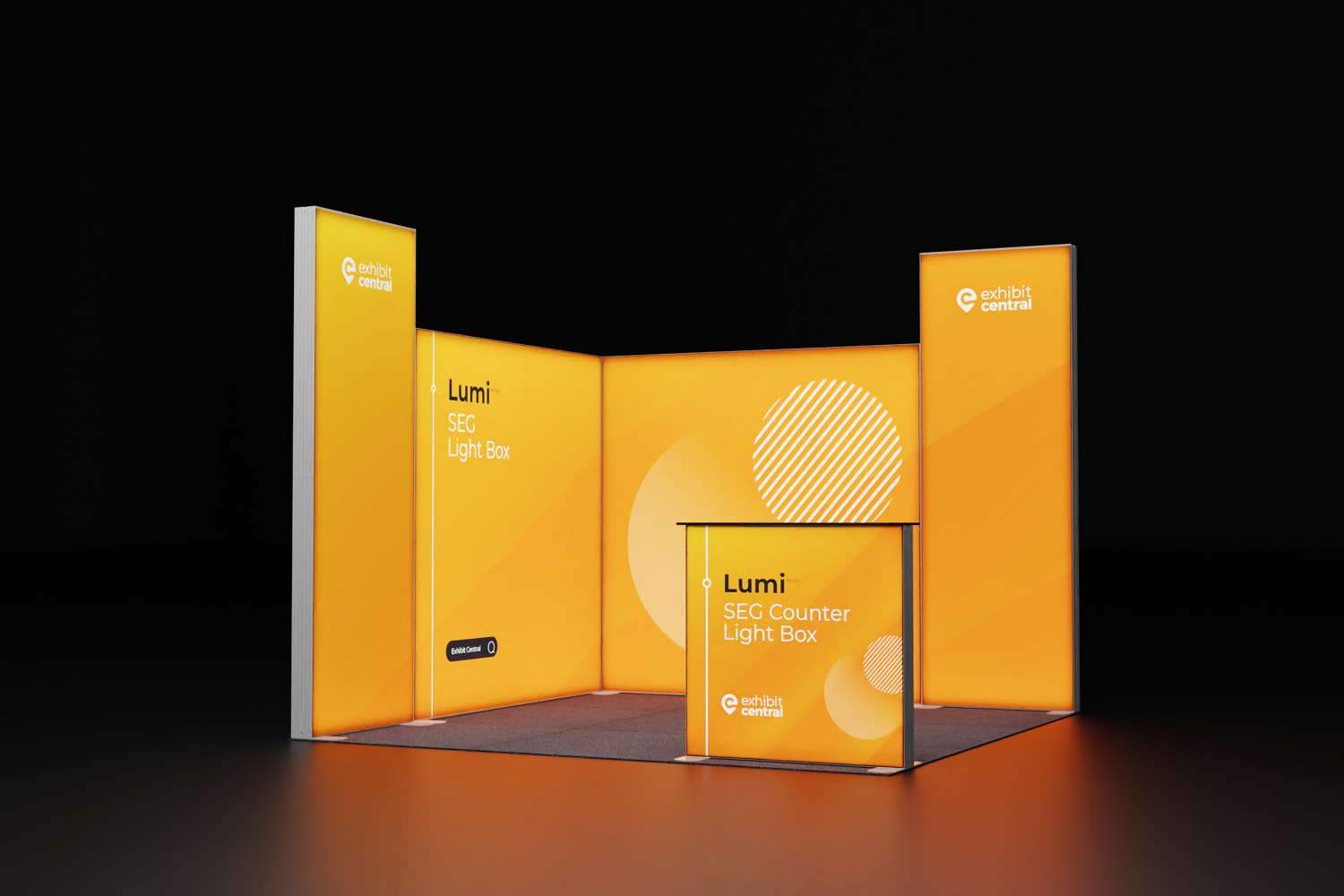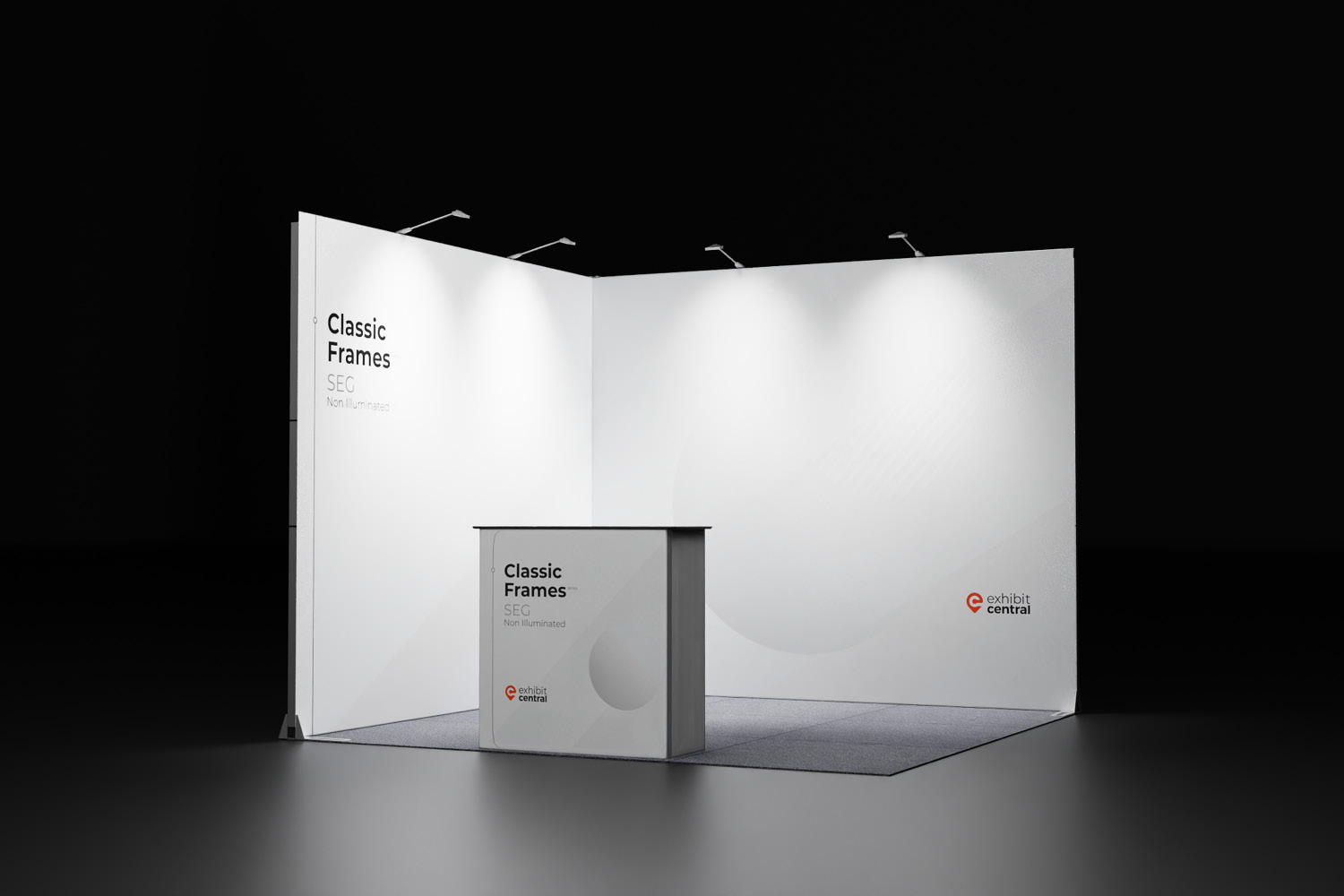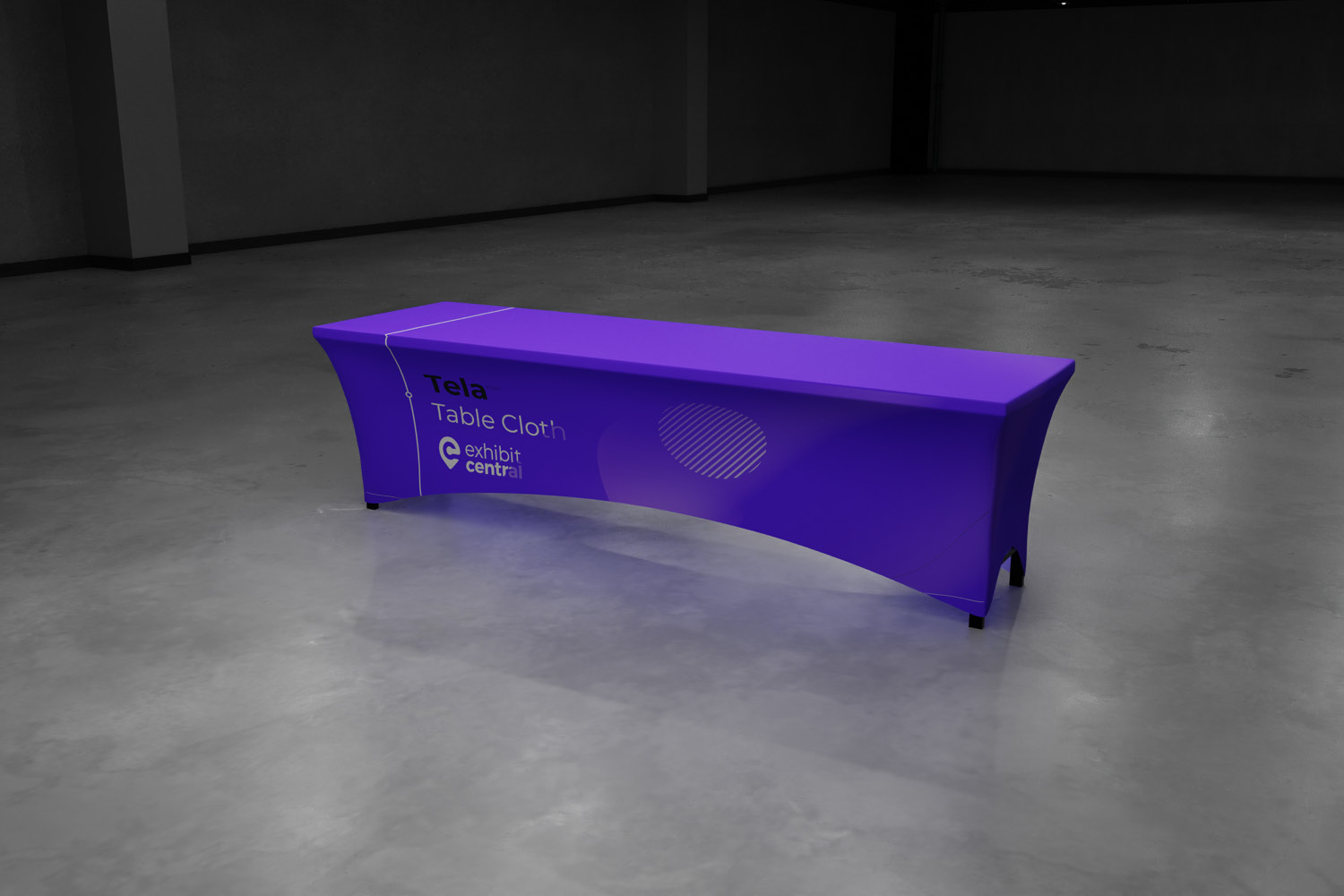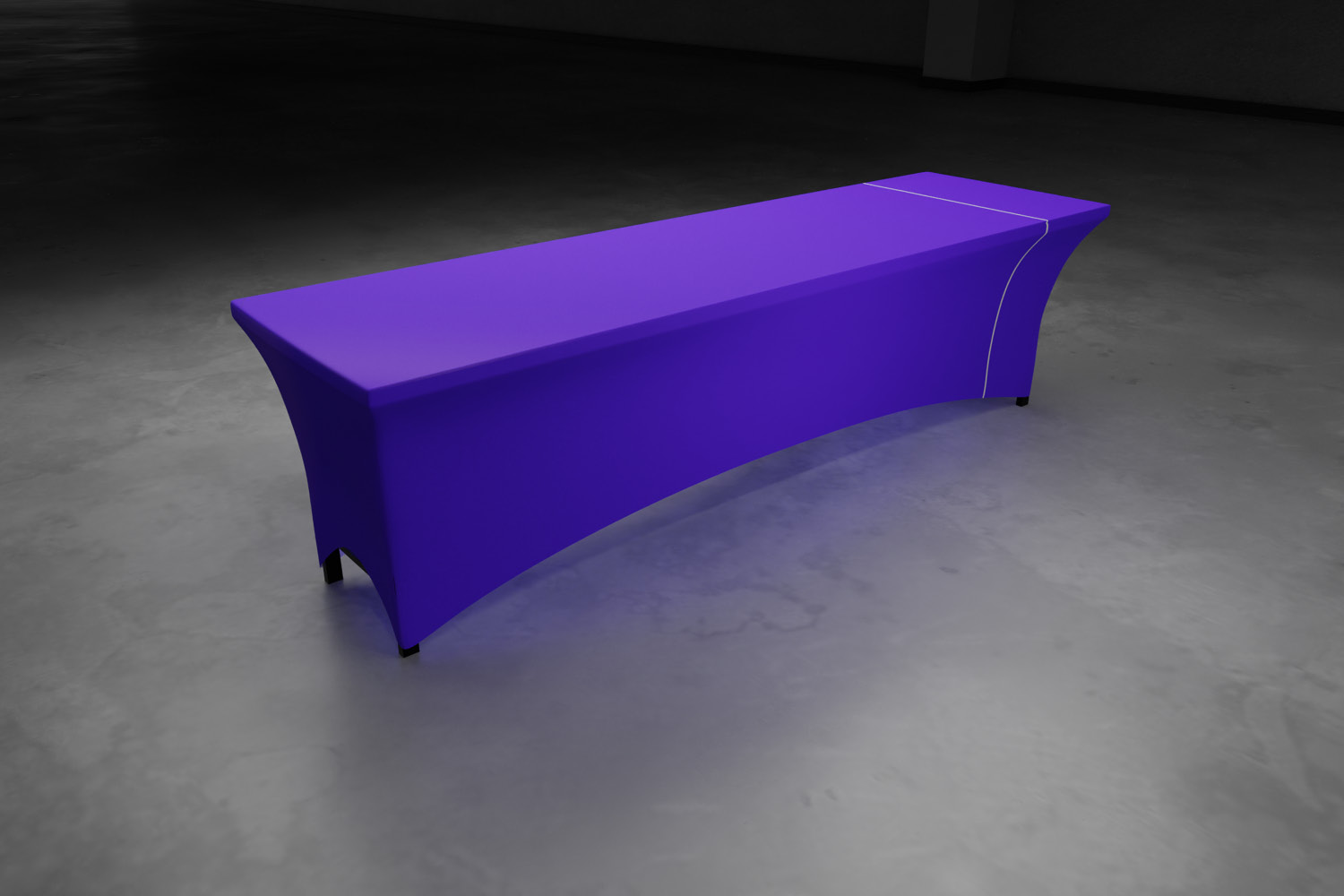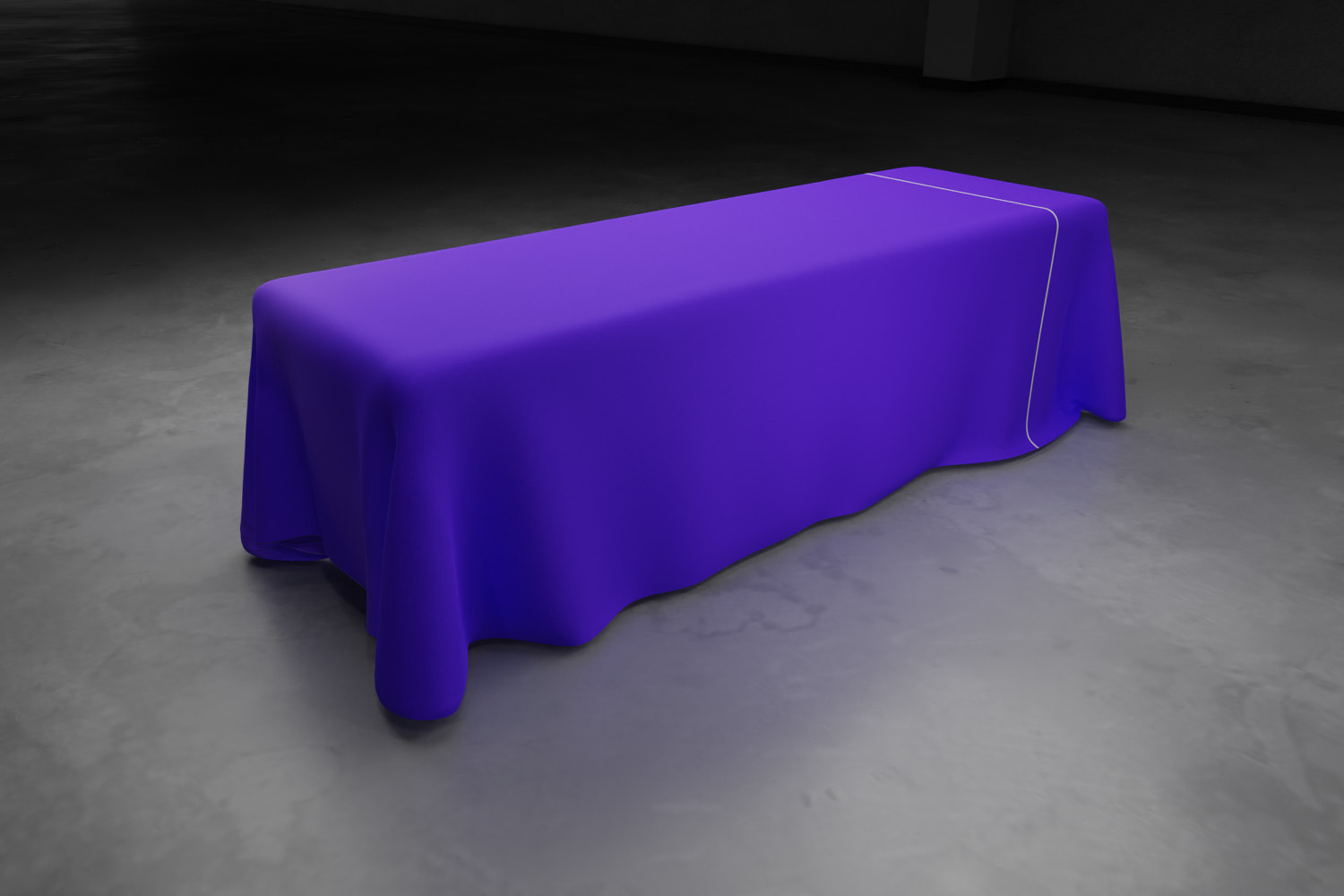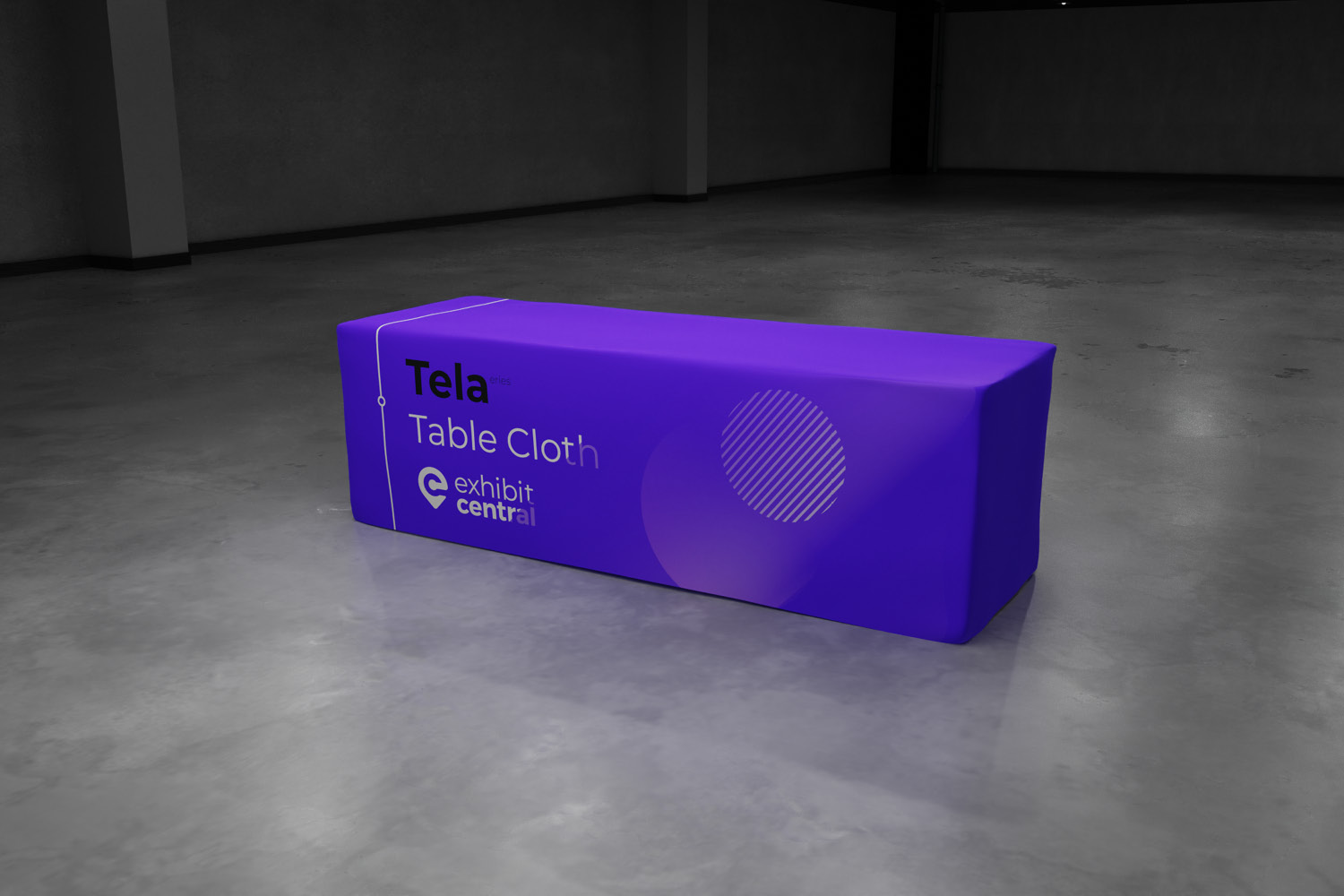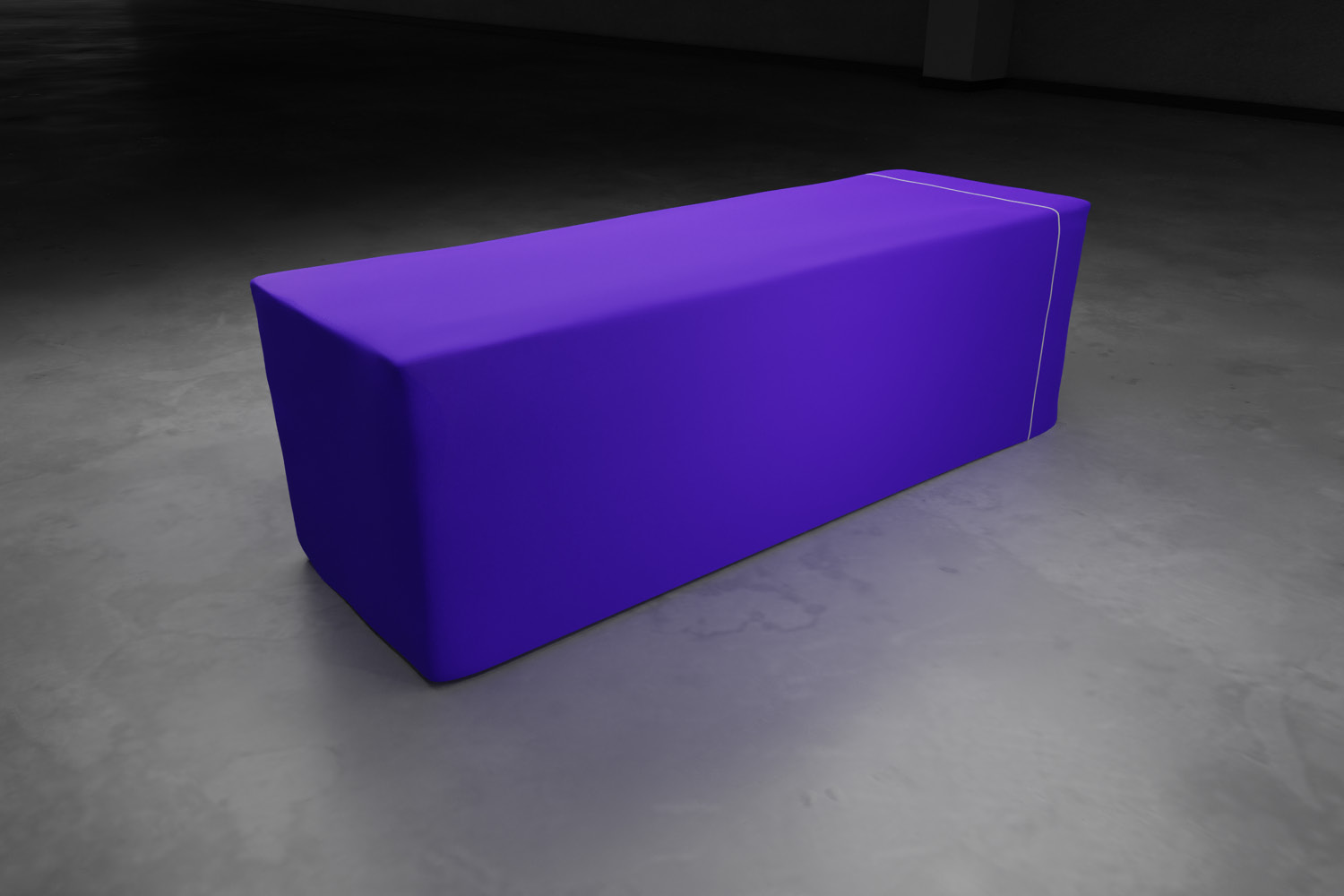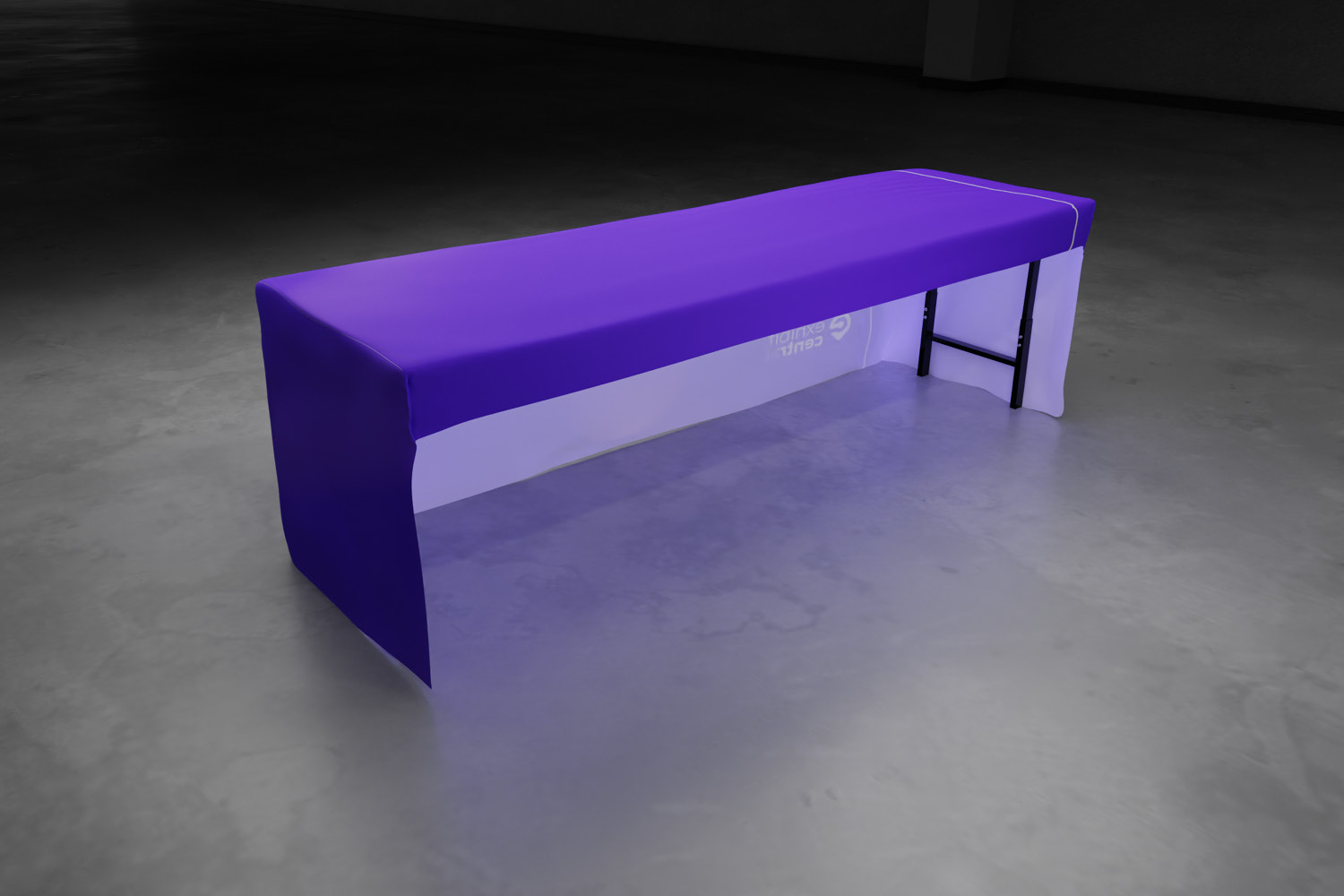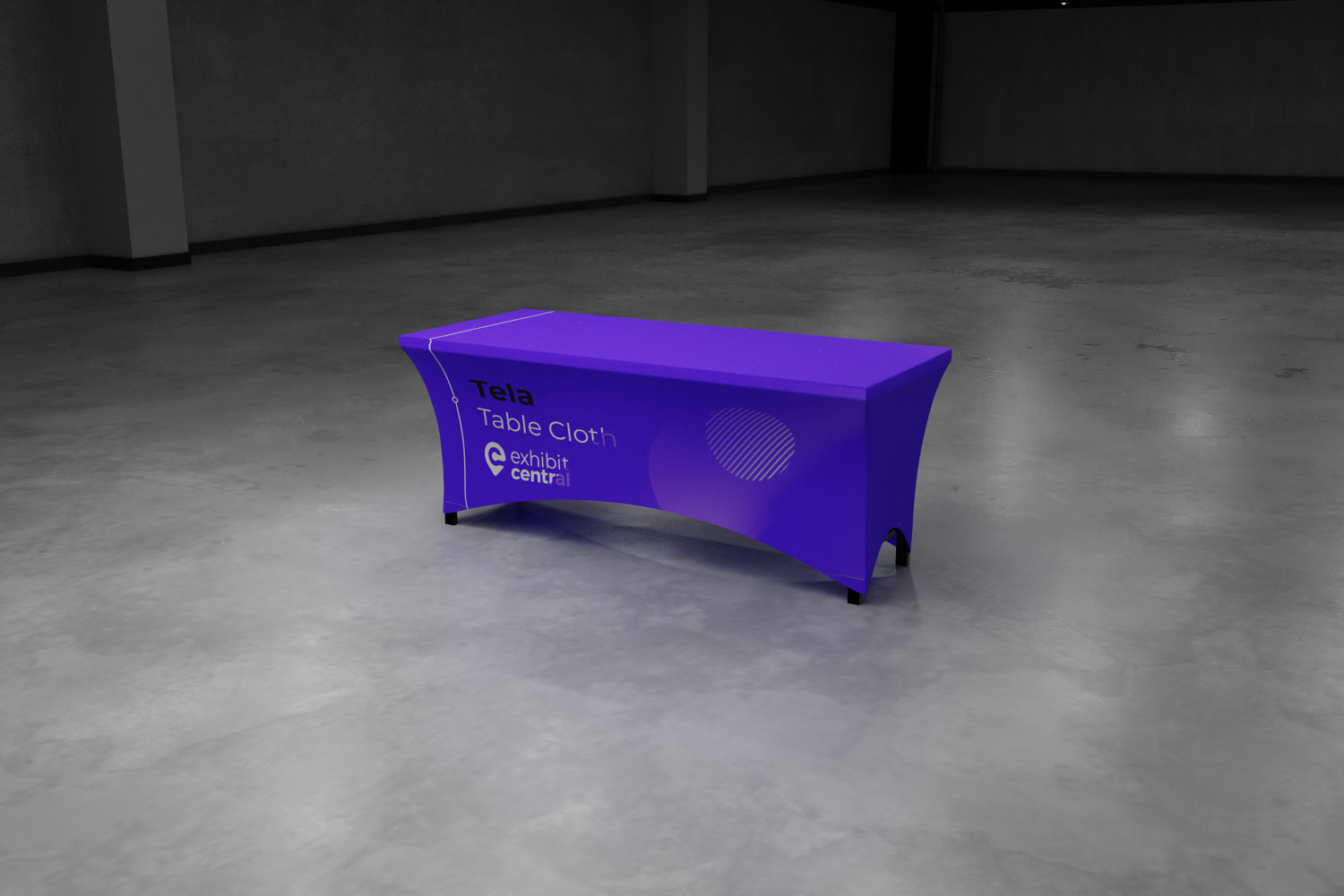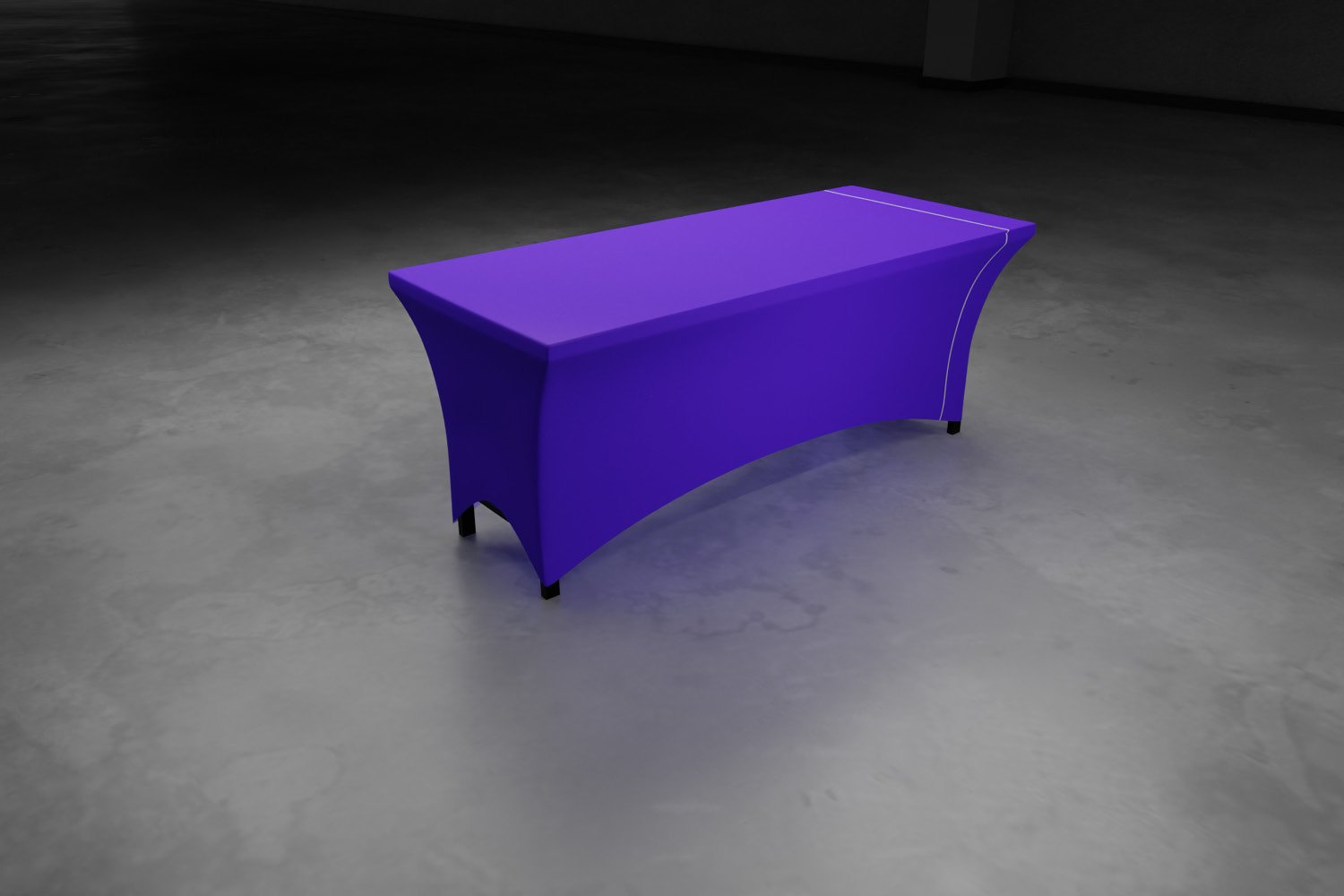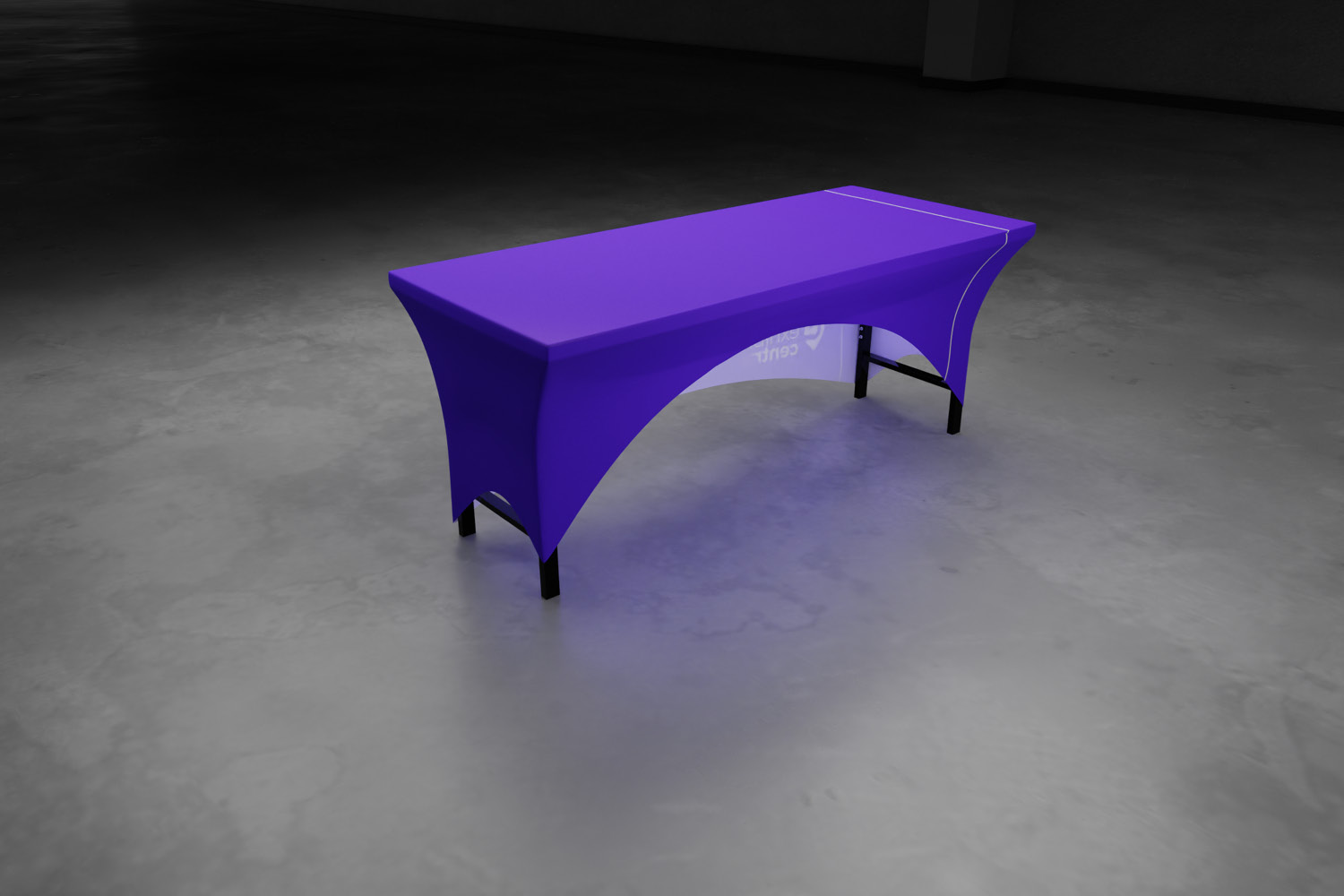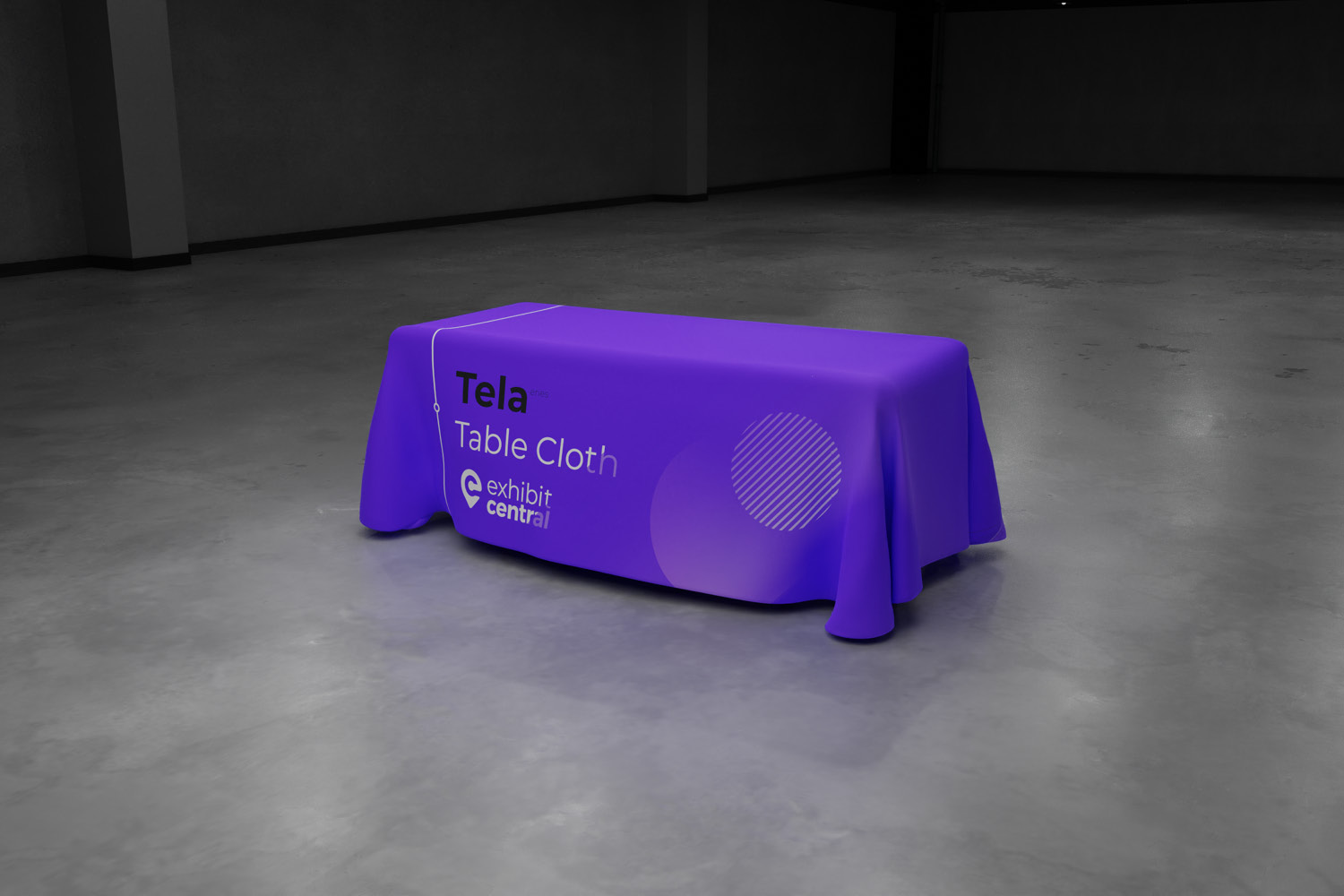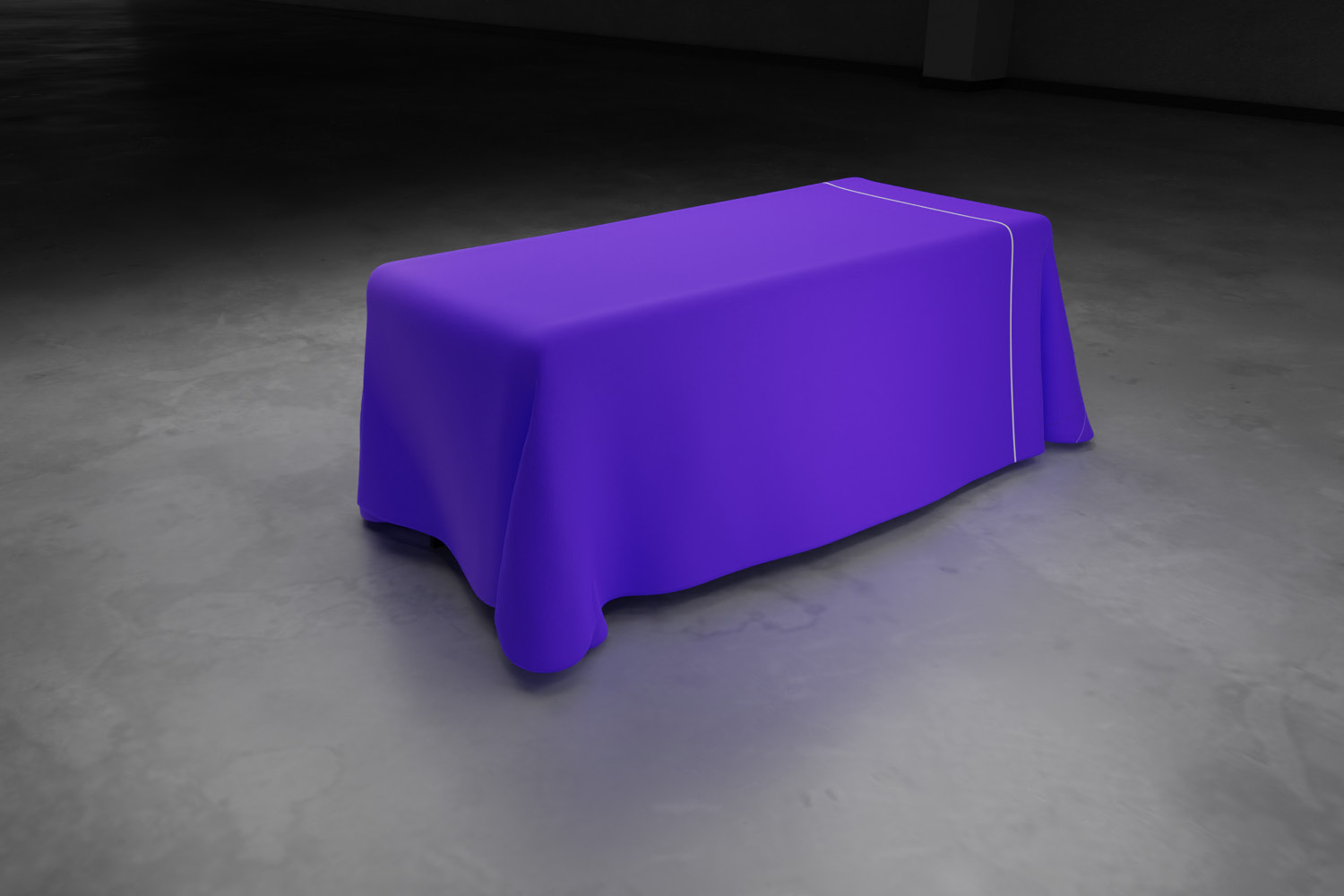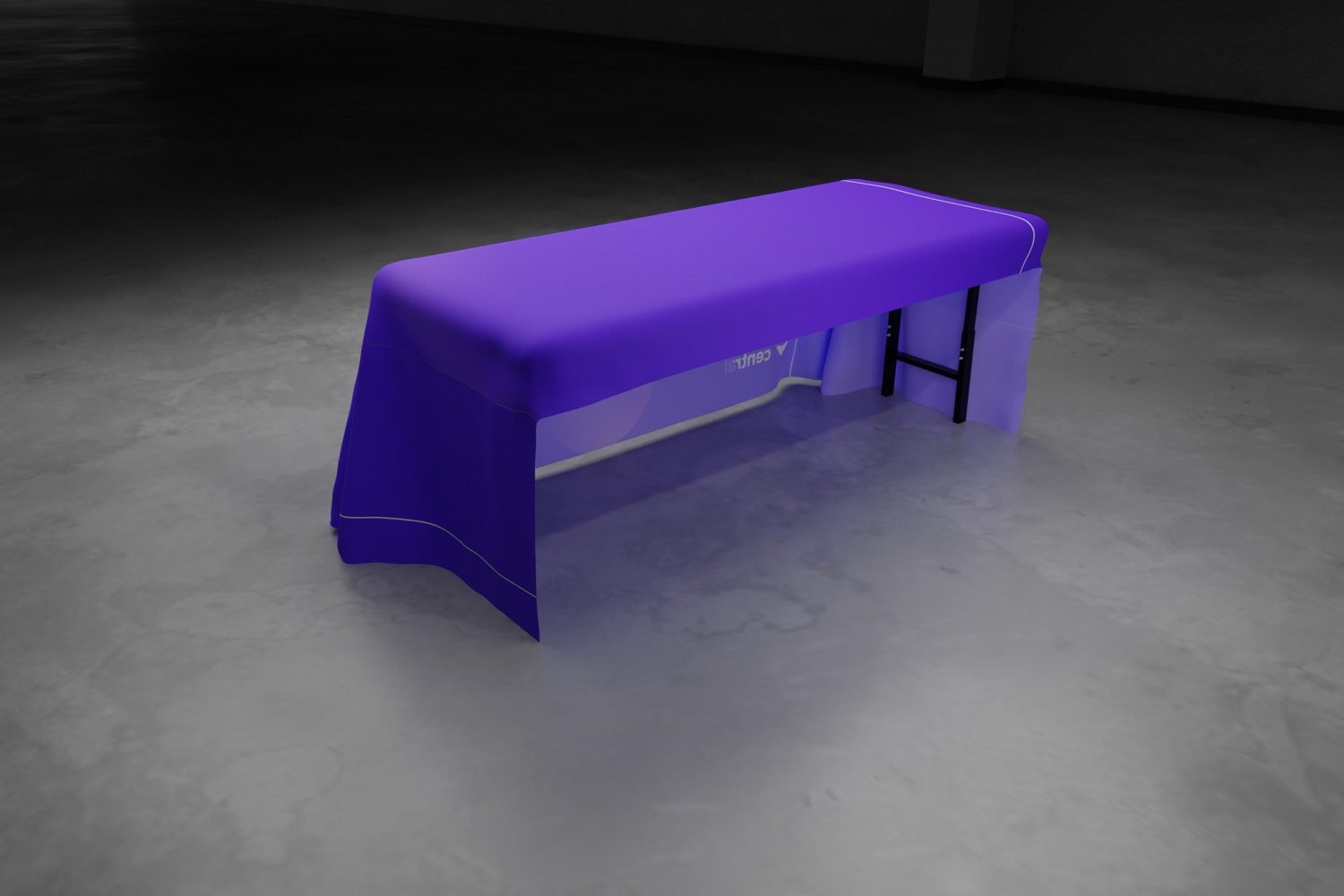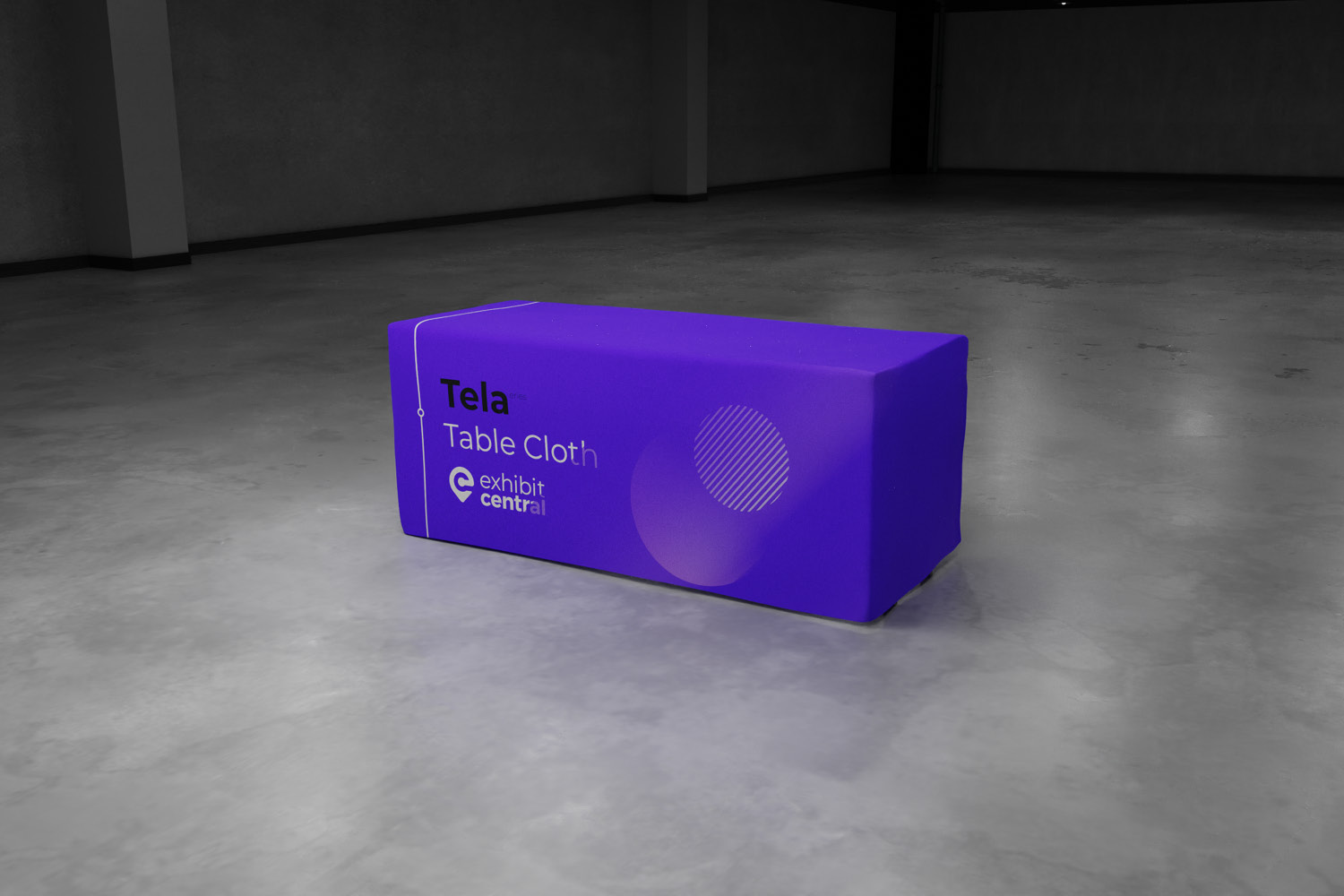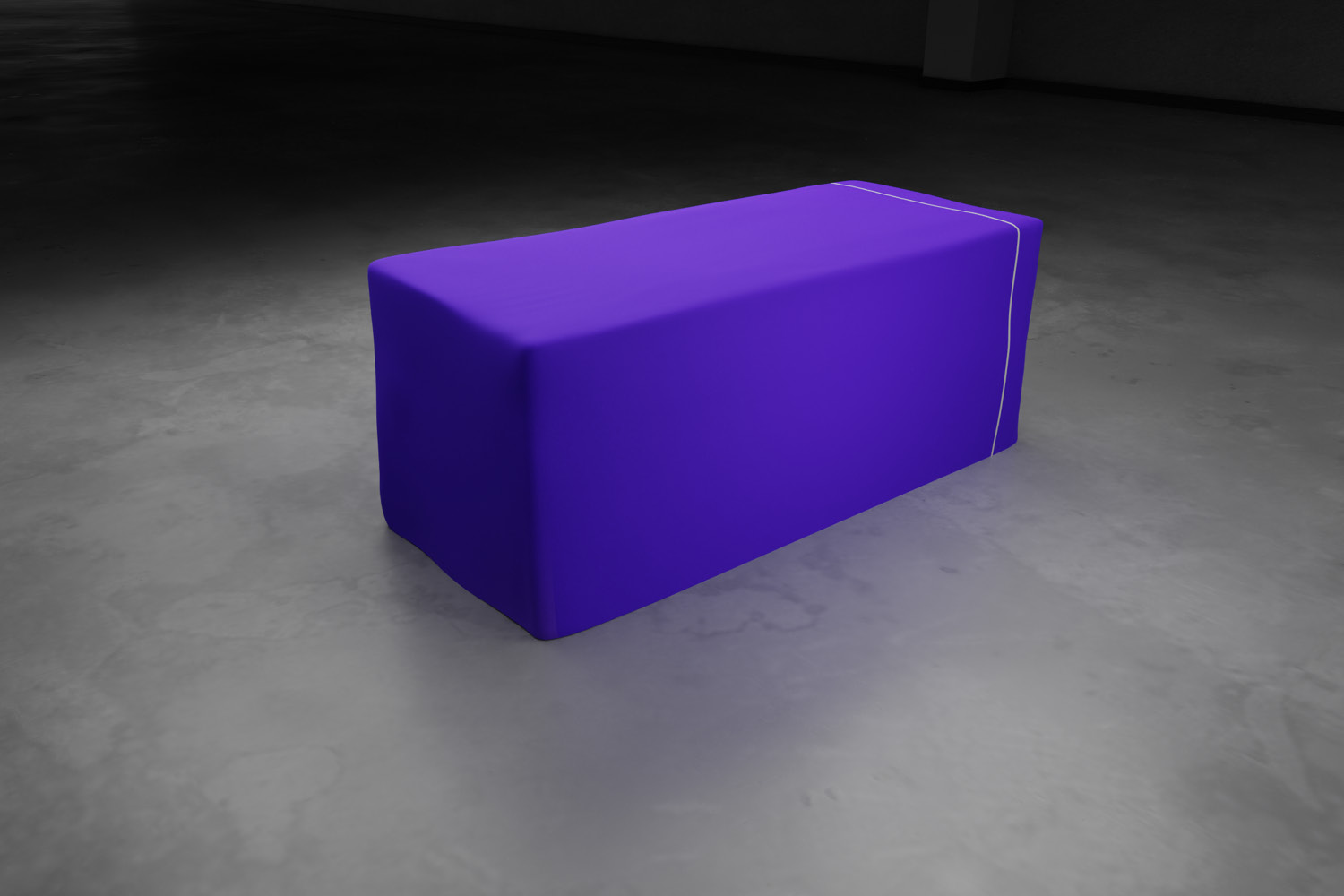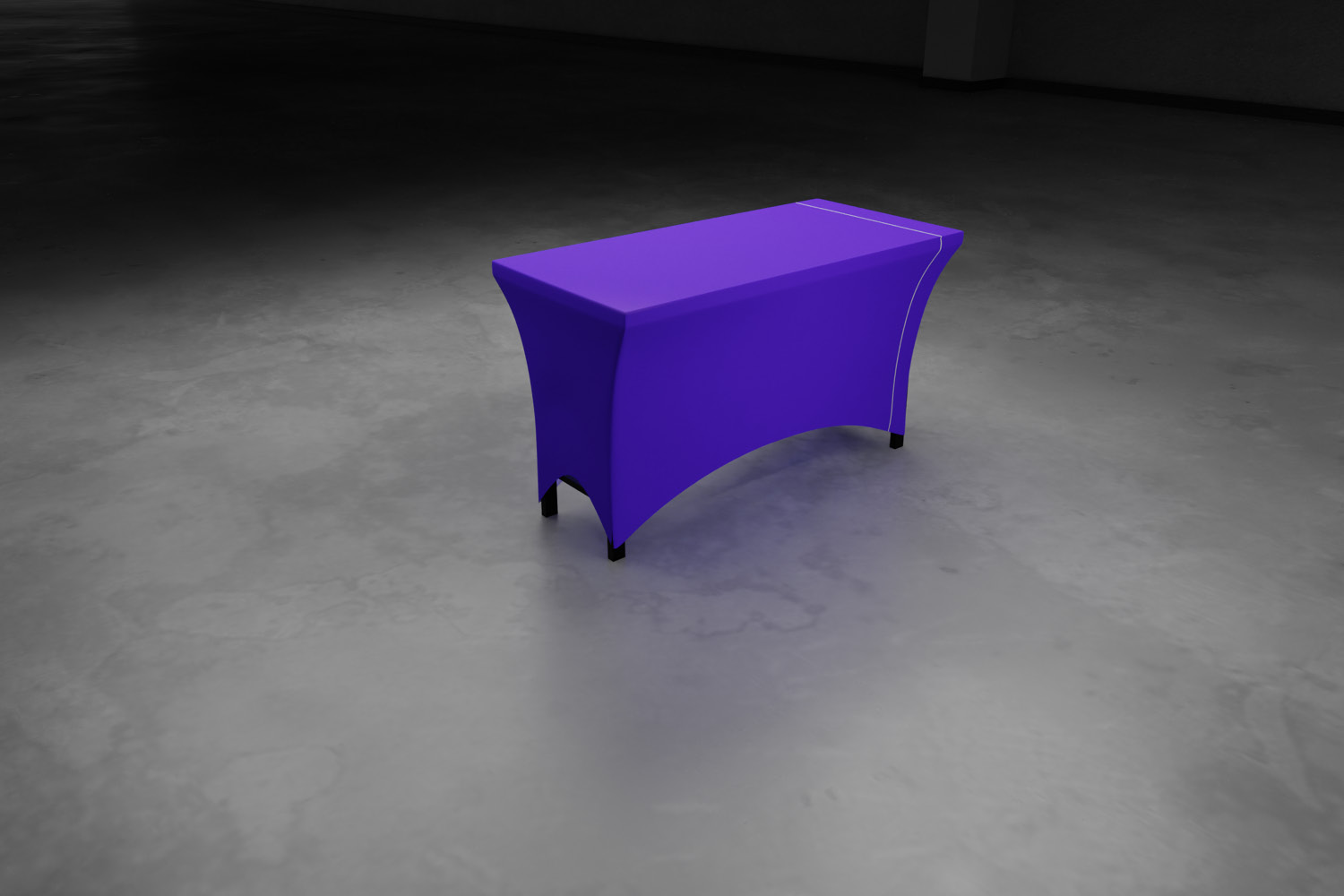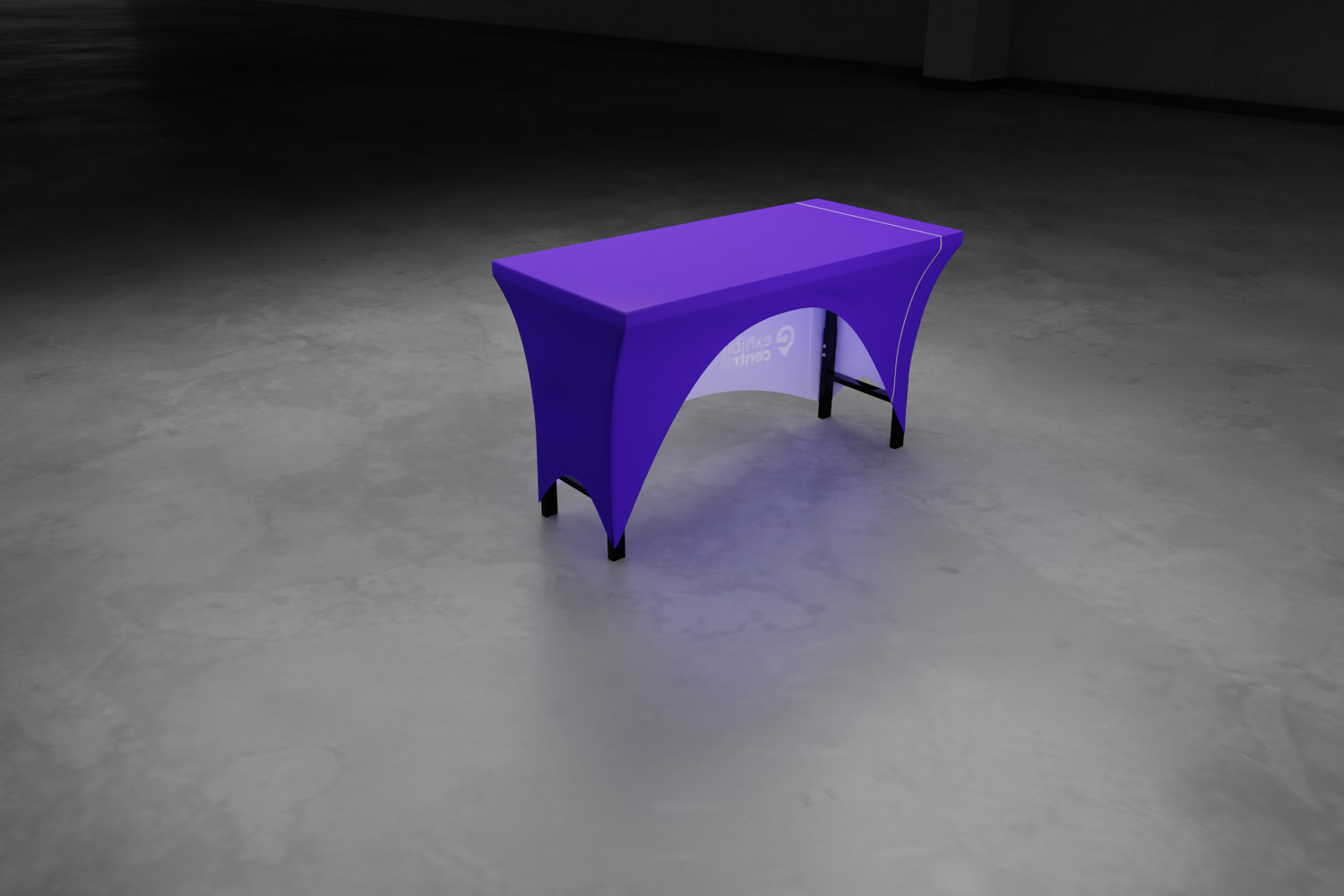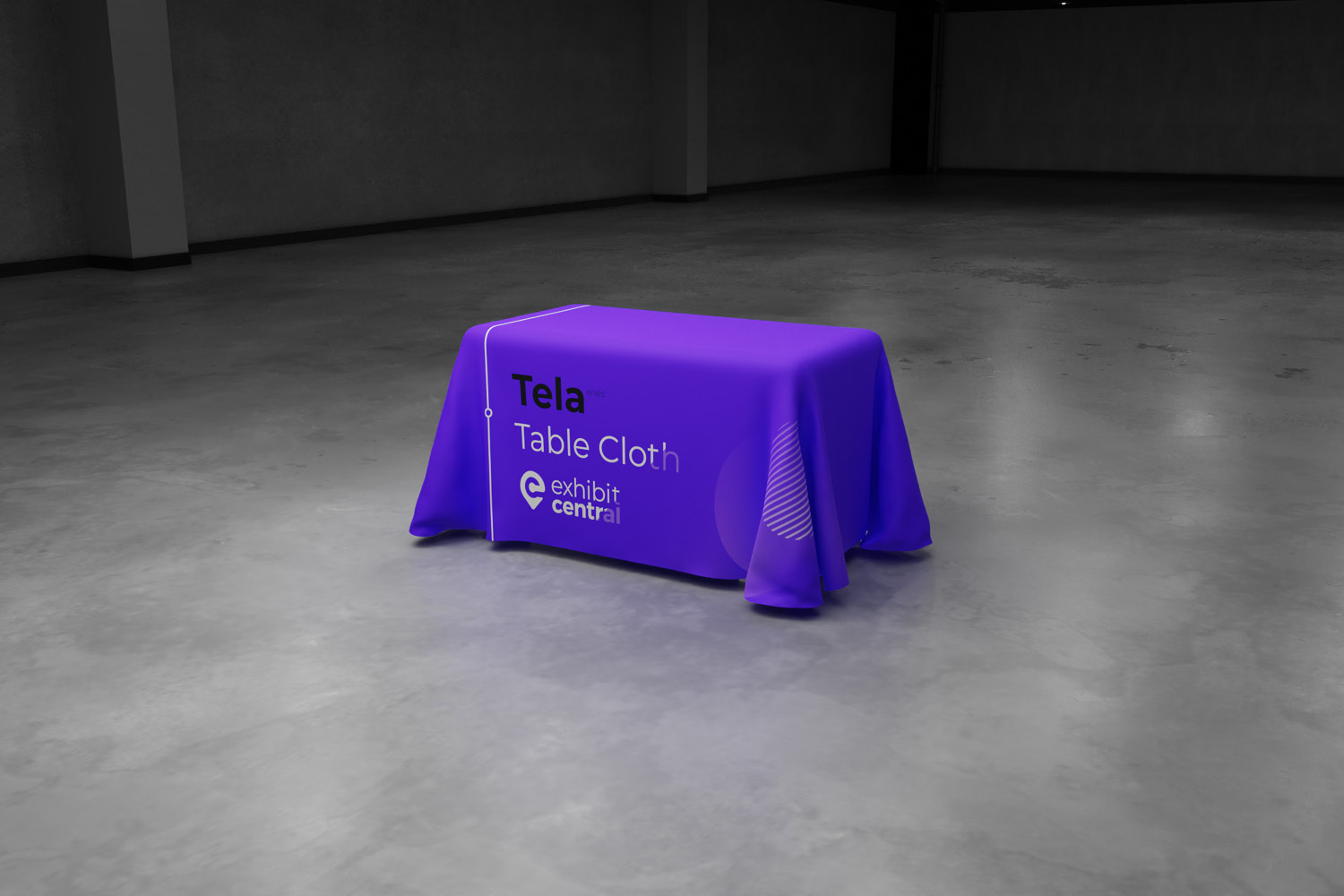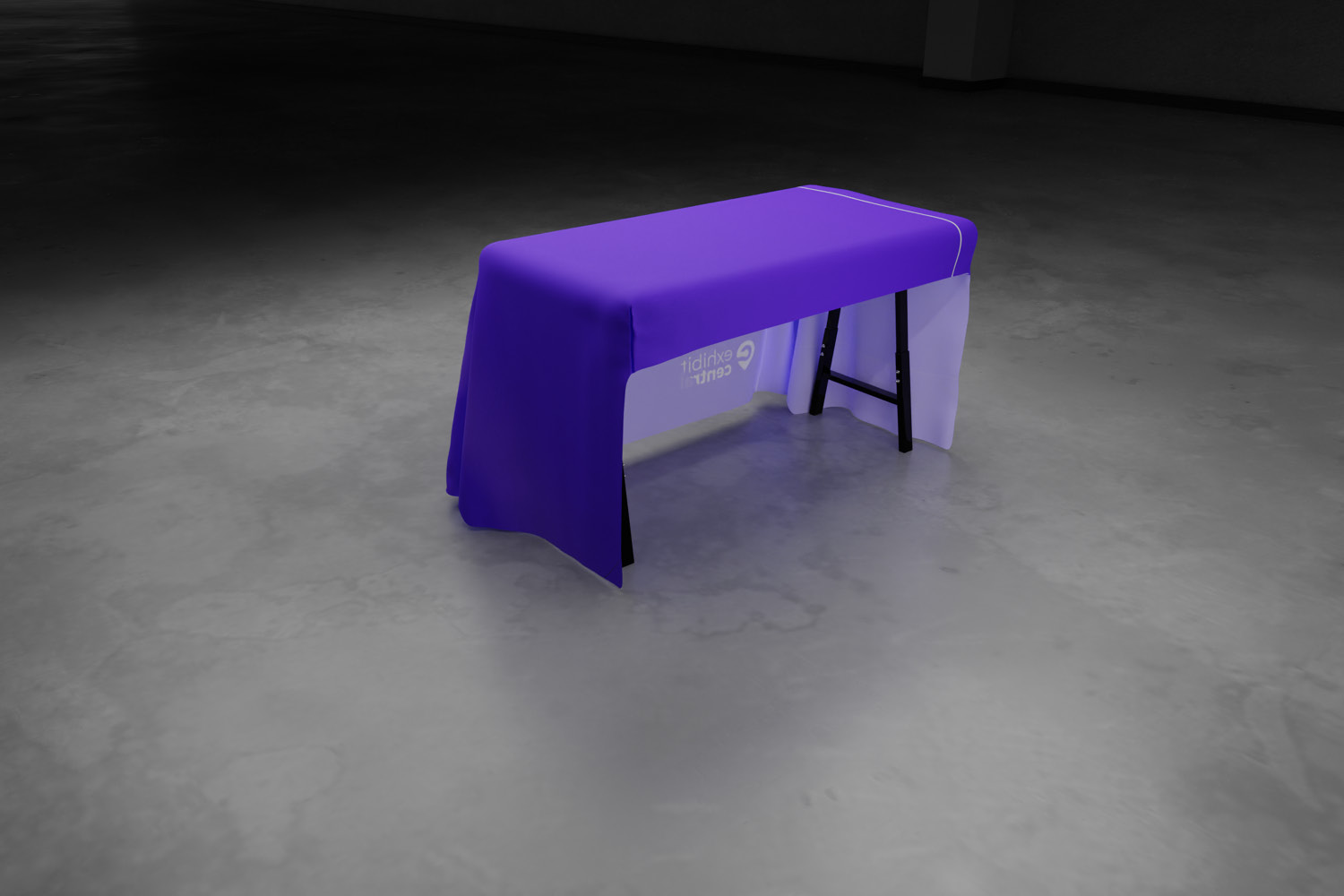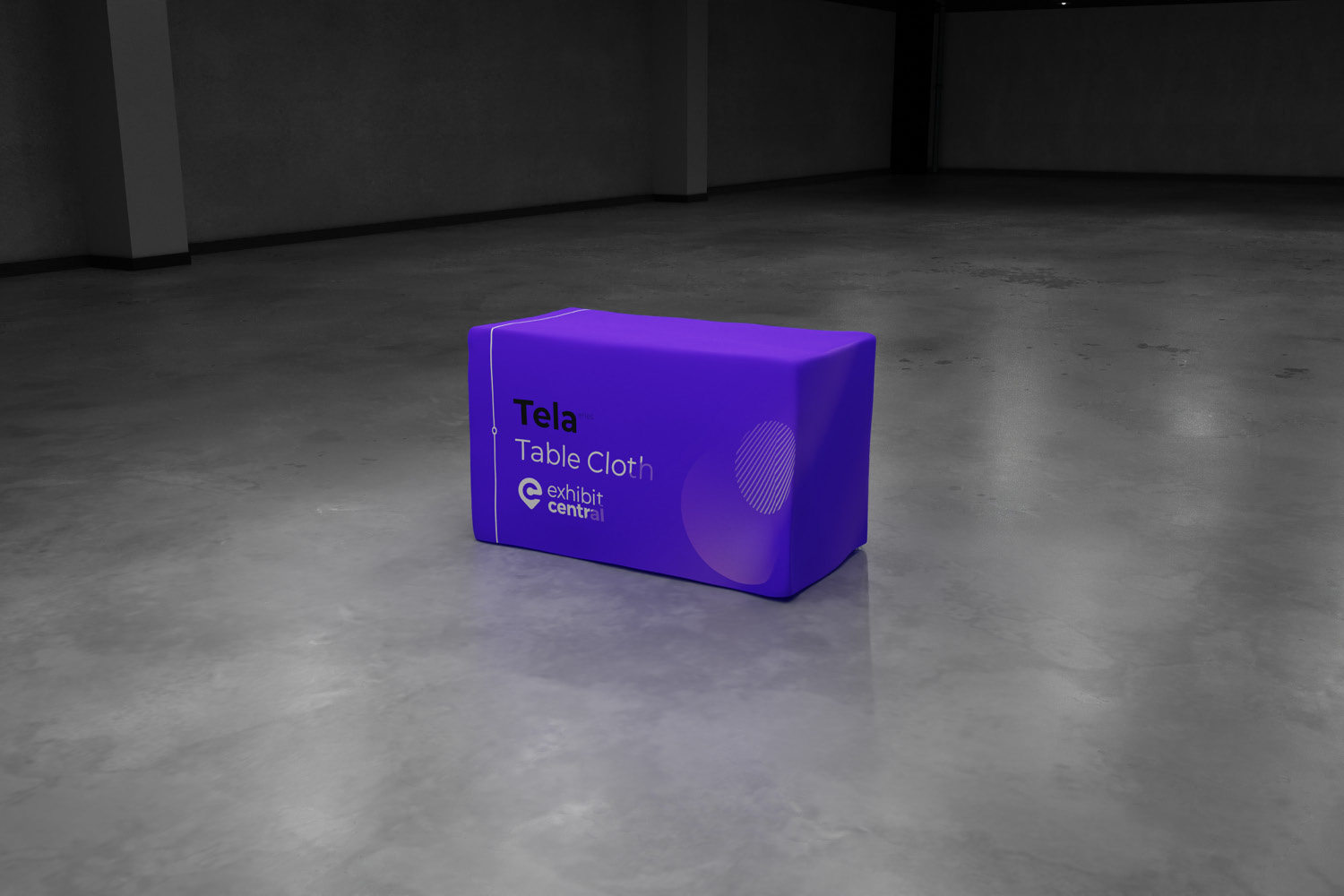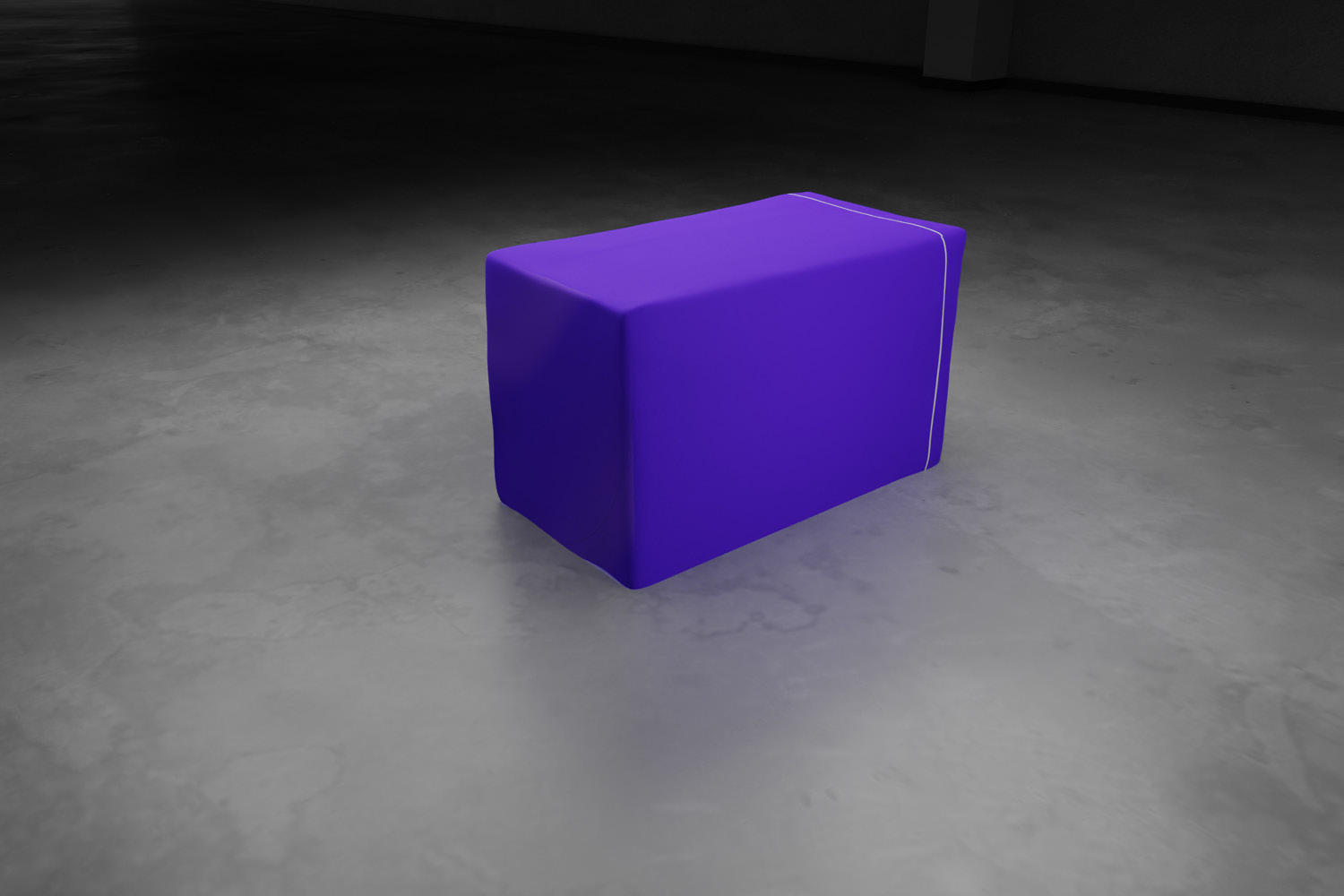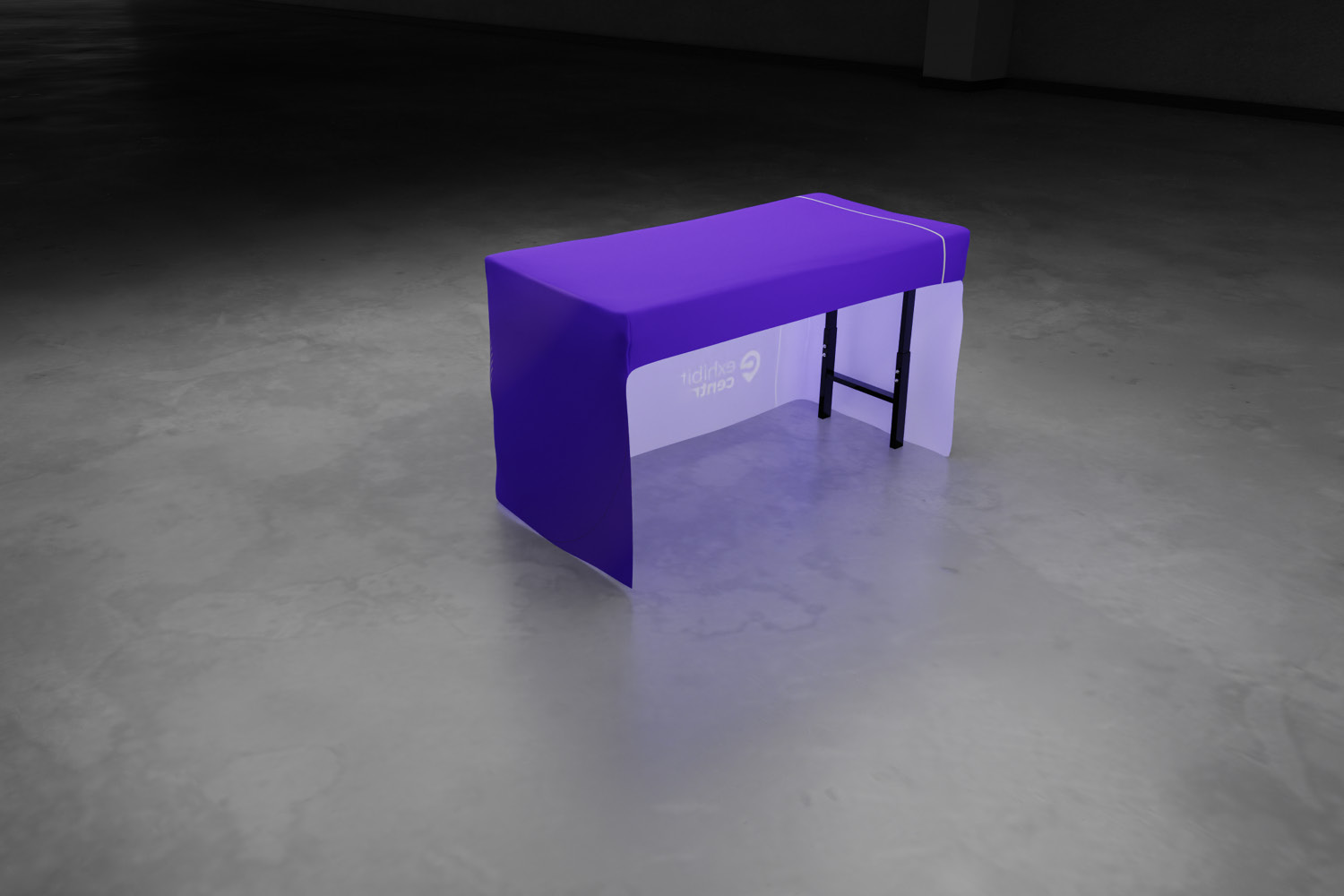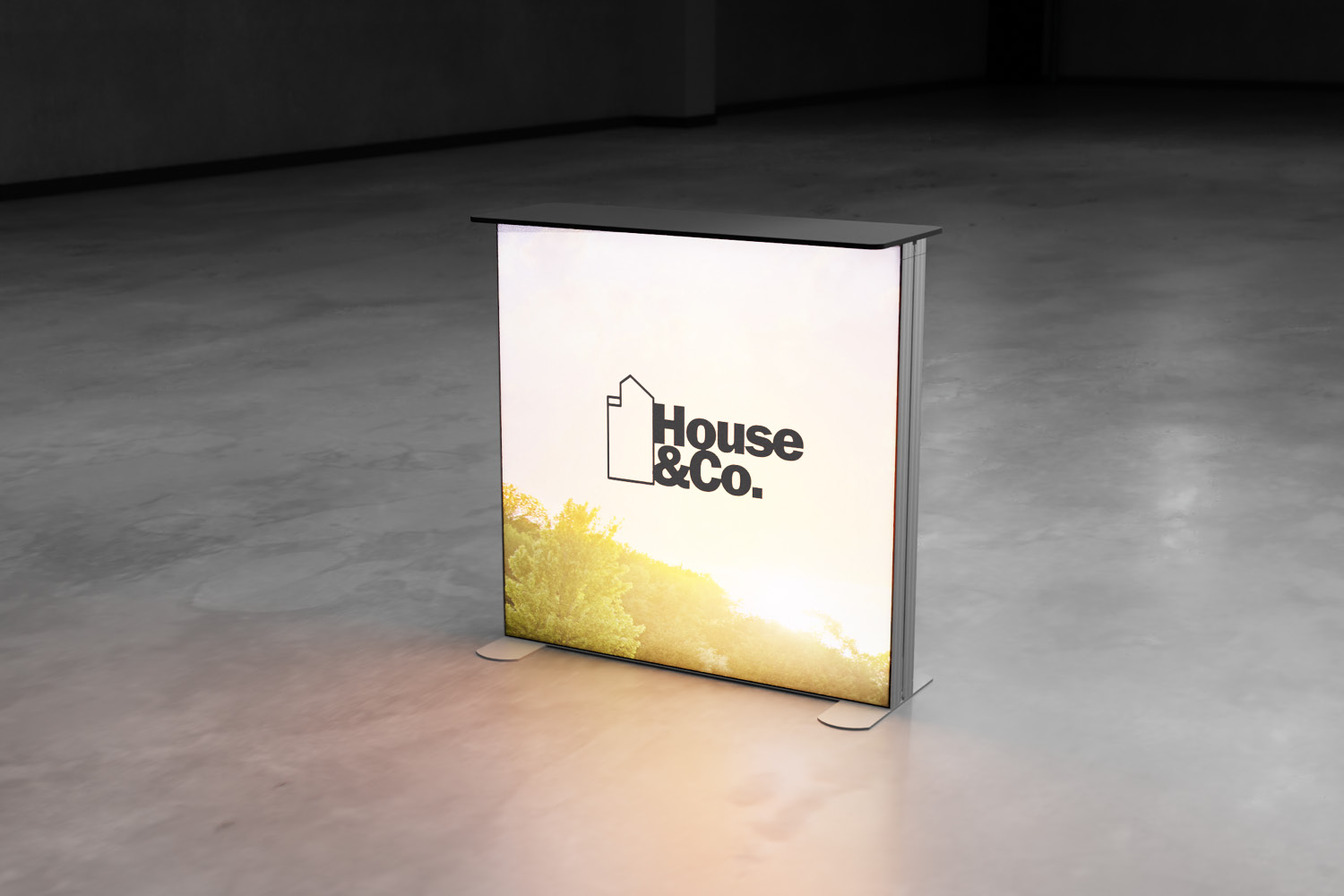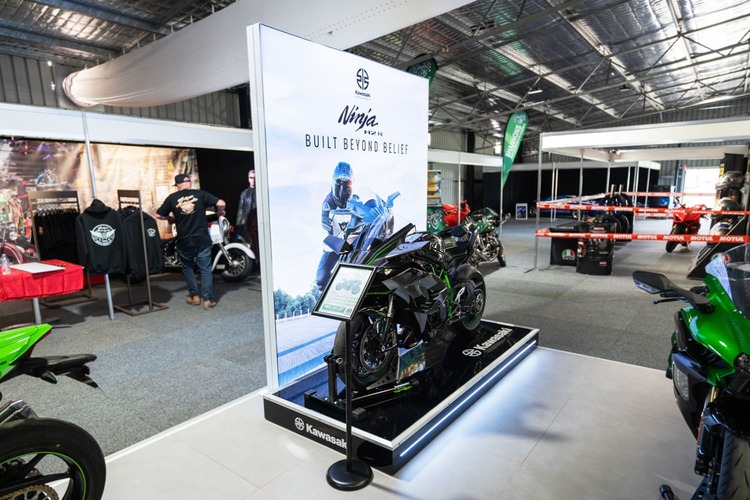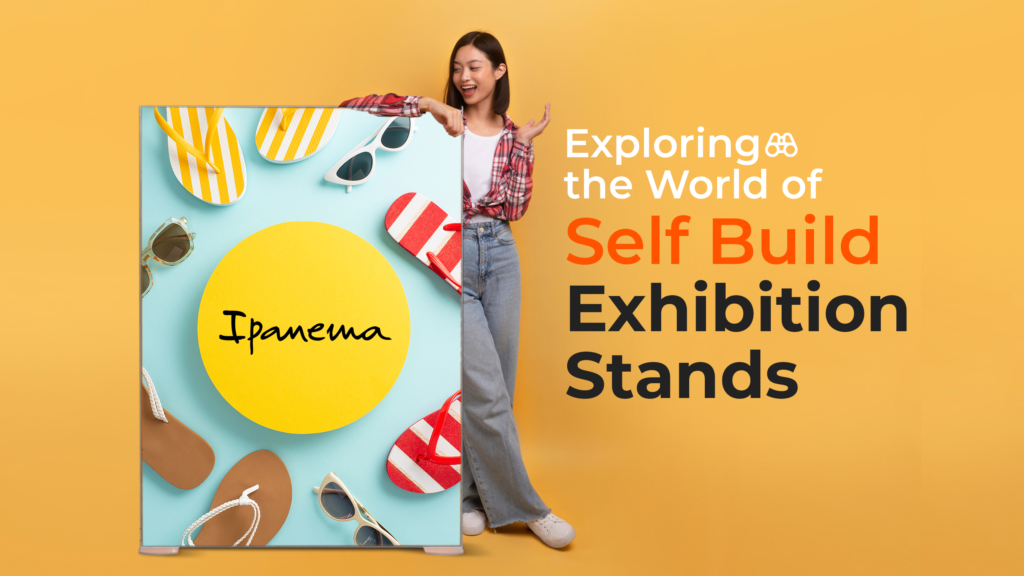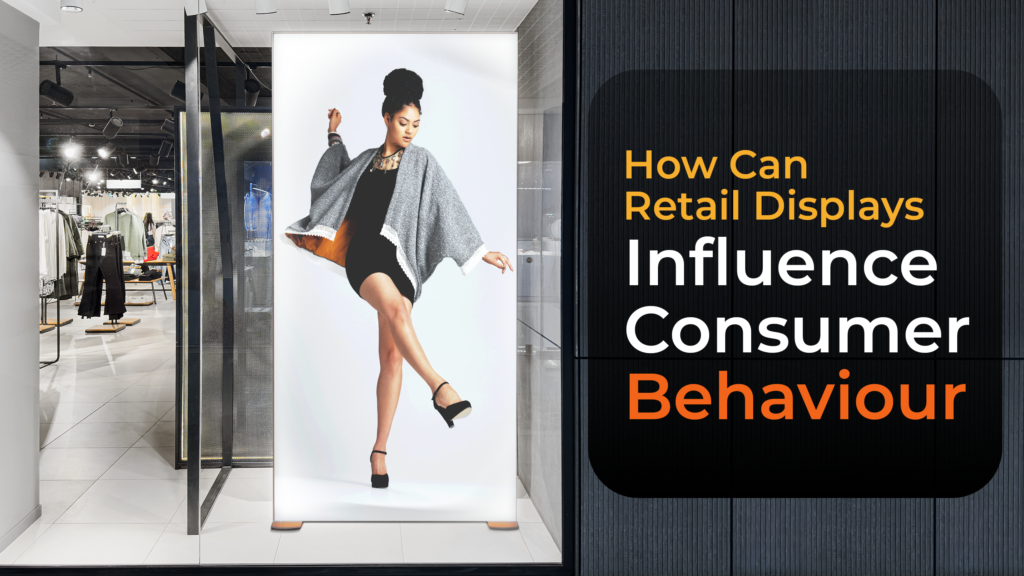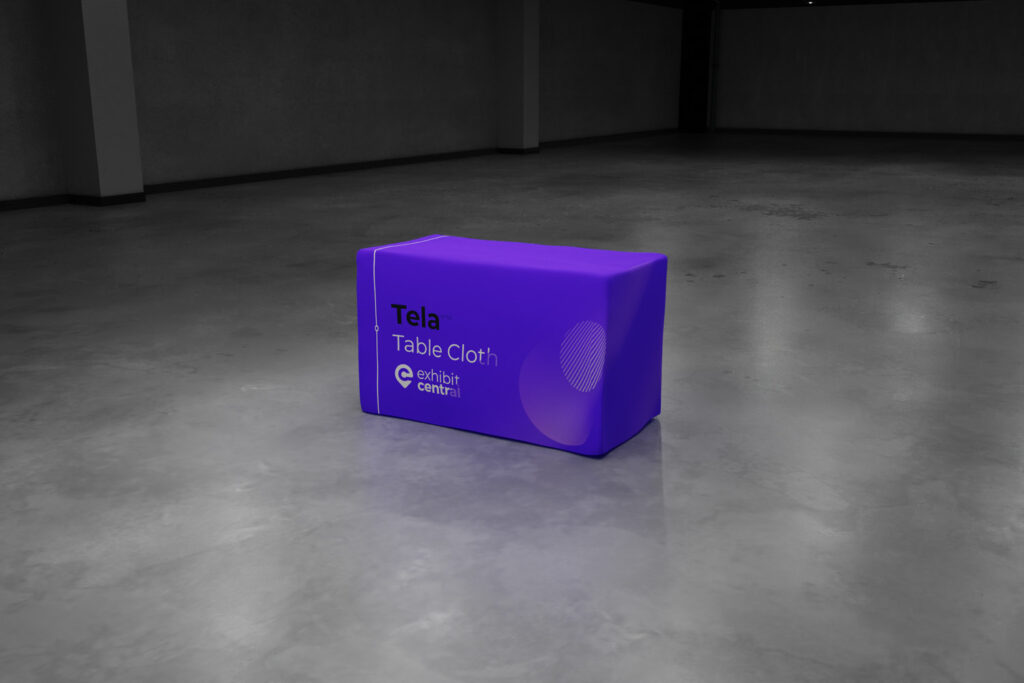Fascia Board on Shell Scheme Booth: Do You Really Need Them?
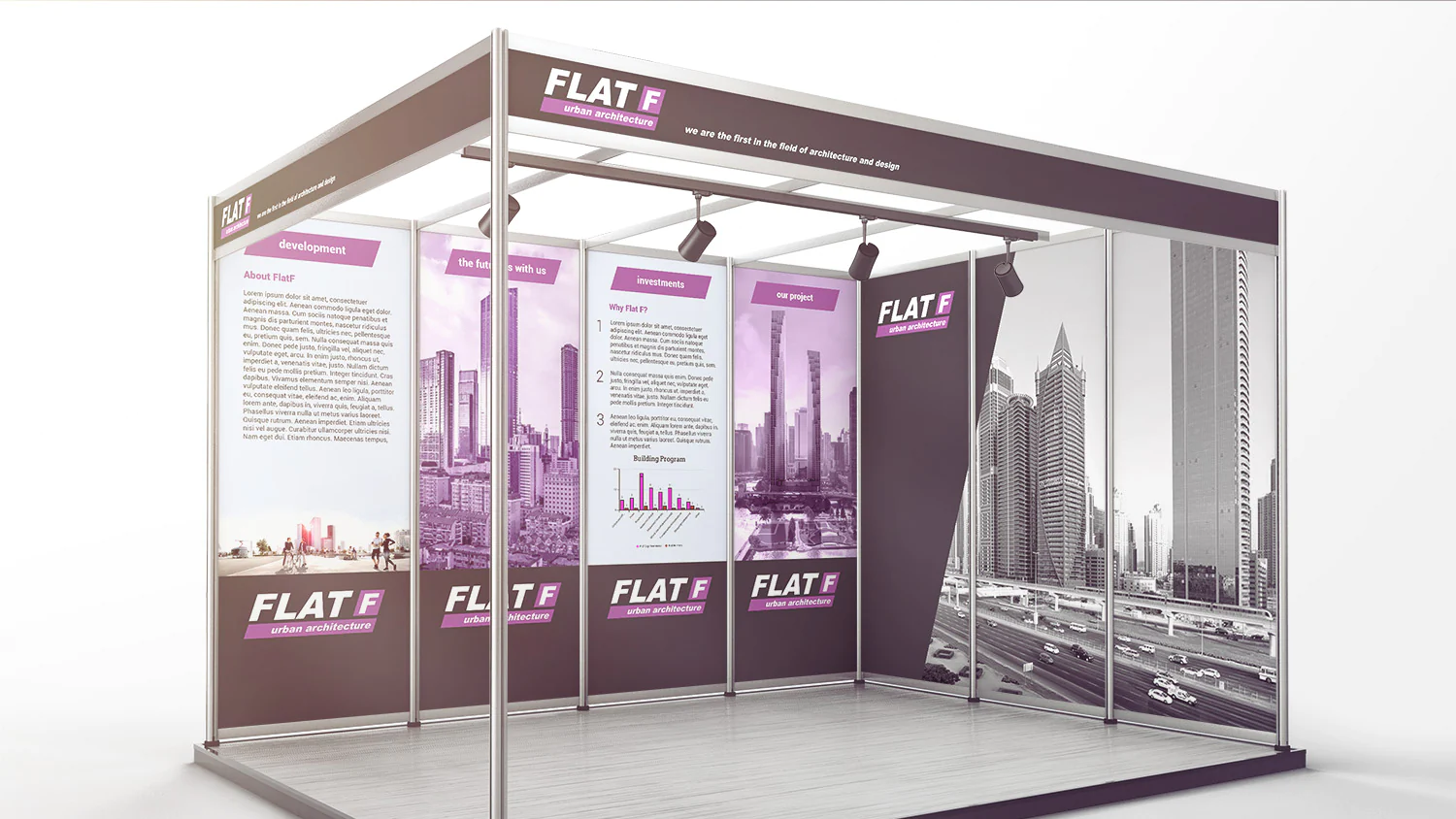
When you attend an exhibition or trade show, you’ll often see booths and stalls adorned with various displays and signs. One prominent feature you’ll notice above many exhibition booths is the fascia board. But what exactly are fascia signs, and do you really need one for your shell scheme exhibition booth? In this article, we’ll delve into the world of fascia boards on booths, their purpose, and whether they are essential for your exhibition setup.
What is a Fascia Board in a Booth?
A fascia board, also known as a fascia sign or fascia name board, is a horizontal panel typically installed at the front of an exhibition stall or booth. It runs along the top edge of the booth, displaying crucial information about the exhibitor or the brand. Fascia signs are usually made of various materials such as foam board, PVC, acrylic, or even fabric. They provide a visible space for branding and identification, ensuring that attendees can easily spot and recognise your booth amidst a sea of displays.
Exhibitors can customise the fascia signs with their company logo, slogan, and any essential contact information, creating a cohesive and memorable brand presence. The use of vibrant colours, eye-catching graphics, and concise messaging on the fascia panels can draw visitors’ attention and curiosity, encouraging them to approach the booth and engage with the exhibitors.
Moreover, beyond just branding, fascia boards also aid in guiding attendees through the exhibition space. Often, exhibition halls can be vast and overwhelming, with numerous booths and displays competing for attention. The clear visibility of a well-designed fascia signs can act as a navigational marker, helping visitors find their way around the event and locate specific exhibitors they may be interested in meeting.
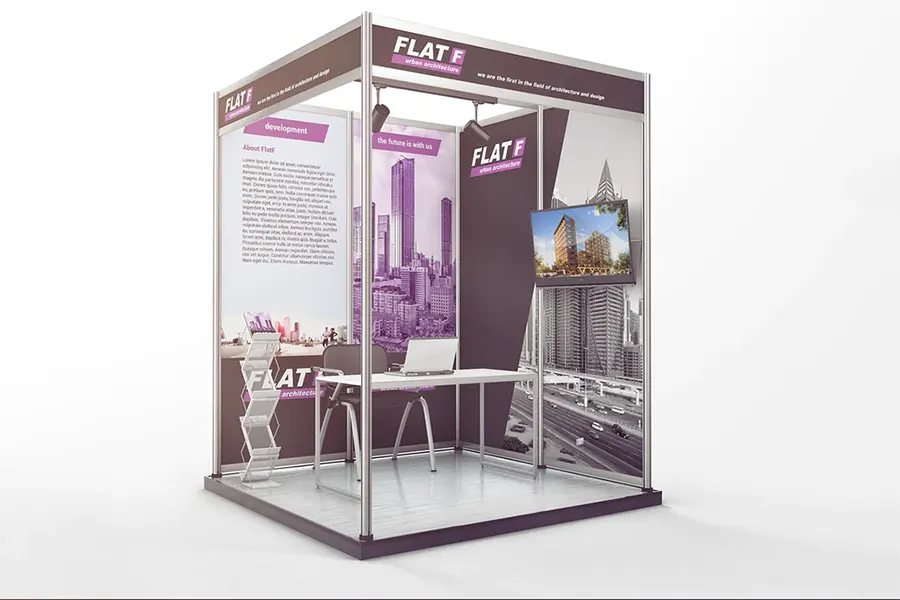
What is a Fascia Name Board?
The fascia name board serves as a prominent identifier for your booth. It commonly features your company or brand name, logo, and sometimes additional details such as your booth number or tagline. The primary purpose of the fascia board on booths is to create brand visibility and enhance your booth’s overall aesthetics, drawing visitors’ attention to your exhibit and making it more memorable.
This visibility and clear identification are especially crucial in large and crowded events, where attendees might be overwhelmed by the sheer number of booths. A well-designed fascia name board not only reinforces your brand but also facilitates foot traffic and engagement, increasing the likelihood of generating leads and networking opportunities.
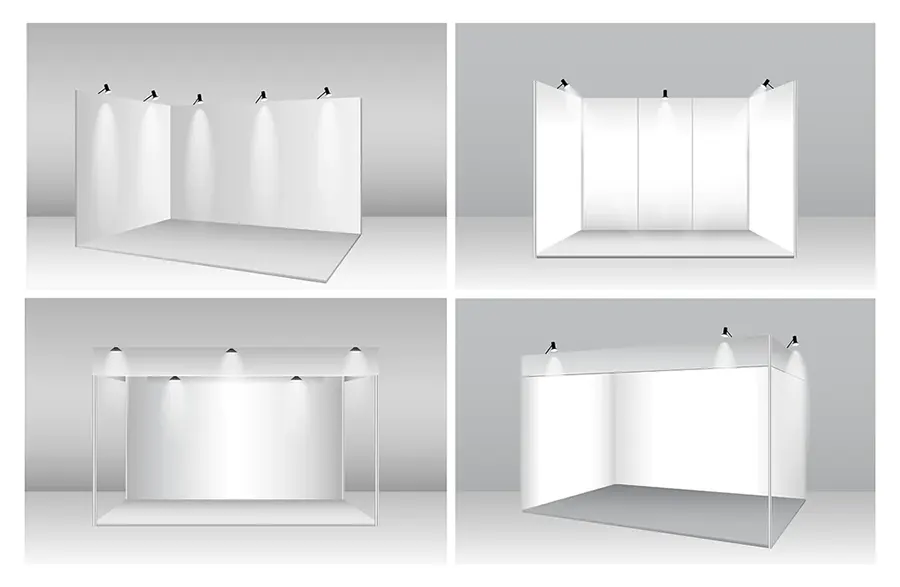
Can You Remove the Fascia Sign On Your Booth?
The decision to remove the board on booths depends on various factors, including the exhibition’s rules and regulations, your budget constraints, and your specific event marketing strategy. While some exhibitions might mandate the use of fascia signs, others might offer exhibitors more flexibility in their booth designs.
Cons of Removing Fascia Sign:
- Reduced Visibility: The absence of a fascia name board may make it challenging for attendees to locate your booth in a crowded exhibition hall.
- Brand Recognition: The fascia signs help reinforce your brand’s presence and assists in building brand recognition among potential clients and customers.
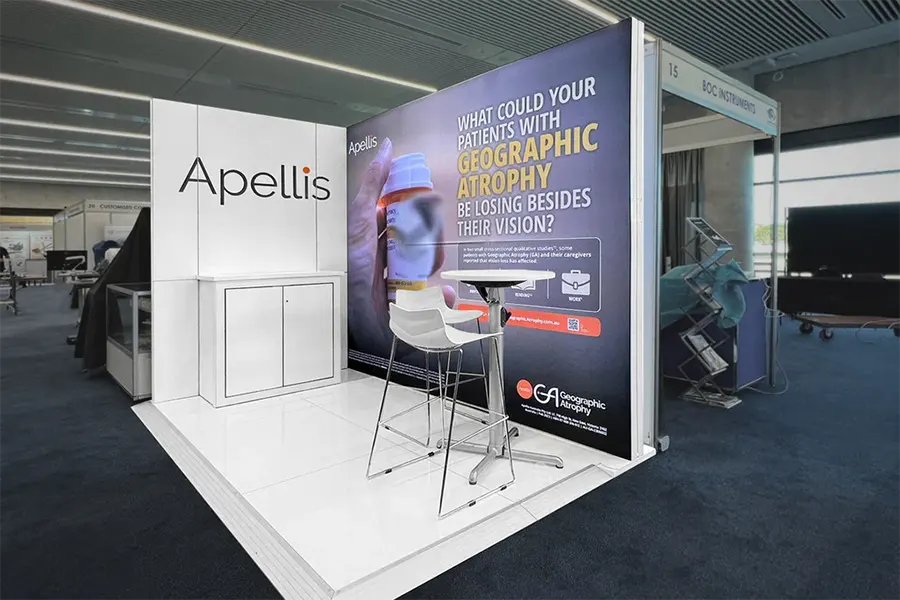
Pros of Removing Fascia Sign:
- Creative Freedom: Without a board, you can explore alternative ways to showcase your brand identity and message, allowing for more creativity in your booth design.
- Enhanced Visibility: Removing the sign can eliminate potential obstructions and improve sightlines, making it easier for attendees to spot your booth from a distance and be drawn in by your display.
- Versatility in Display: Without the board, you have the flexibility to utilise the entire height of your booth for displaying materials. This is particularly beneficial for showcasing tall or large items that might have been challenging to exhibit effectively within the confines of a traditional fascia sign. One great idea would be the use of light box displays to showcase your brand instead of the very limited fascia.
- Aesthetics and Space Optimisation: Some exhibitors may find that the fascia board can make their booth feel smaller or more enclosed. By removing it, you can create a more open and inviting space, allowing visitors to explore your products and engage with your team without feeling constrained.
- Clear Direction: Without a fascia sign, visitors might find it easier to identify your booth among others, especially if they are looking for specific exhibitors or brands. This could result in an increase in foot traffic.
- Compatibility with light box Lumi Displays: If you plan to use Lumi displays or other specialised exhibit materials that require an open space, removing fascias could improve your options and make it easier to integrate such elements seamlessly.
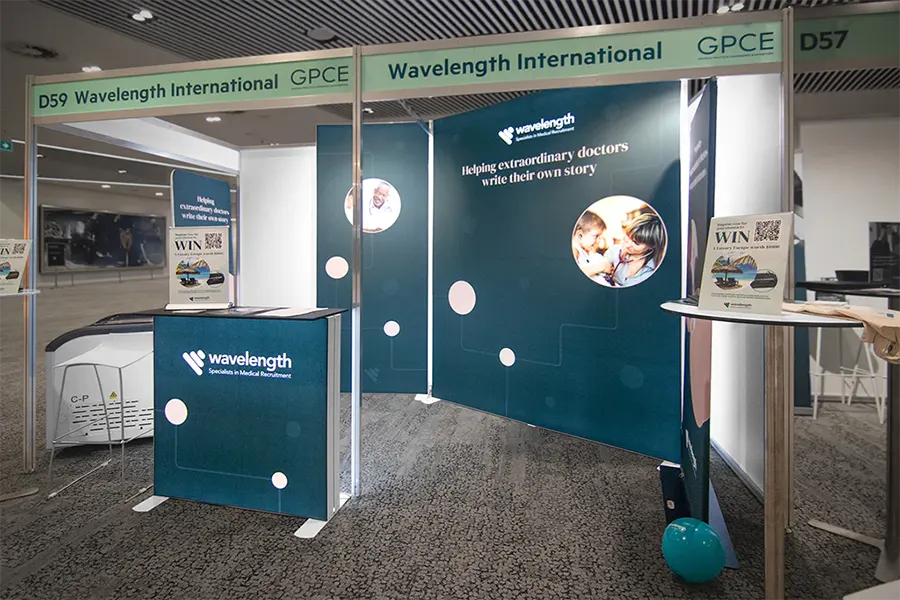
How to Remove the Fascia Board on Shell Scheme?
If you have decided to remove the fascia board from your shell scheme booth, follow these steps:
Step 1: Check Exhibition Guidelines
Before making any changes to your booth, carefully review the exhibition guidelines. Ensure that removing the sign is permitted and won’t result in any penalties or restrictions.
Step 2: Inform the Organisers
Notify the exhibition organisers about your decision to remove the fascia board. They may have specific procedures or requirements for modifying the booth’s appearance.
Step 3: Design Alternatives
Plan creative alternatives to compensate for the absence of the board. Consider using eye-catching banners, flags, or digital displays to showcase your brand name and message.
Step 4: Implement Your Design
Execute your new booth design with precision and professionalism. Make sure it aligns with your brand identity and effectively communicates your message.
Final Thoughts
Fascia boards on shell scheme booths play a significant role in branding, visibility, and attracting potential customers. Ultimately, the decision to remove the sign should be carefully evaluated based on your exhibition goals, the nature of your products or services, and your overall marketing strategy. While it offers cost savings and design freedom, it’ essential to weigh these benefits against the potential drawbacks related to branding, visibility, and compatibility with specific exhibit materials. Engaging with exhibition organisers and seeking input from experienced booth designers can help you make an informed decision that aligns with your objectives and maximises your presence at the event.
Share
Author
Latest posts
Exploring the World of Self Build Exhibition Stands
The world of trade shows and exhibitions can be intimidating, especially for first-time exhibitors. But fear not! Self-build exhibition stands …
How Can Retail Displays Influence Consumer Behaviour?
Upon entering a store, the retail display often serves as a visual magnet, instantly capturing attention. Whether it’s a small …
From Attraction to Action: Psychological Strategies for Exhibition Display Stands
We all know that trade floors, exhibition halls, conferences, and retail stores are a whirlwind of activity and a battleground …
Drape in Style: Your Ultimate Guide to Choosing Custom Table Cloths
Ditch boring banquet tables and lacklustre trade show booths. Custom table cloths are the secret to transforming any space into …

